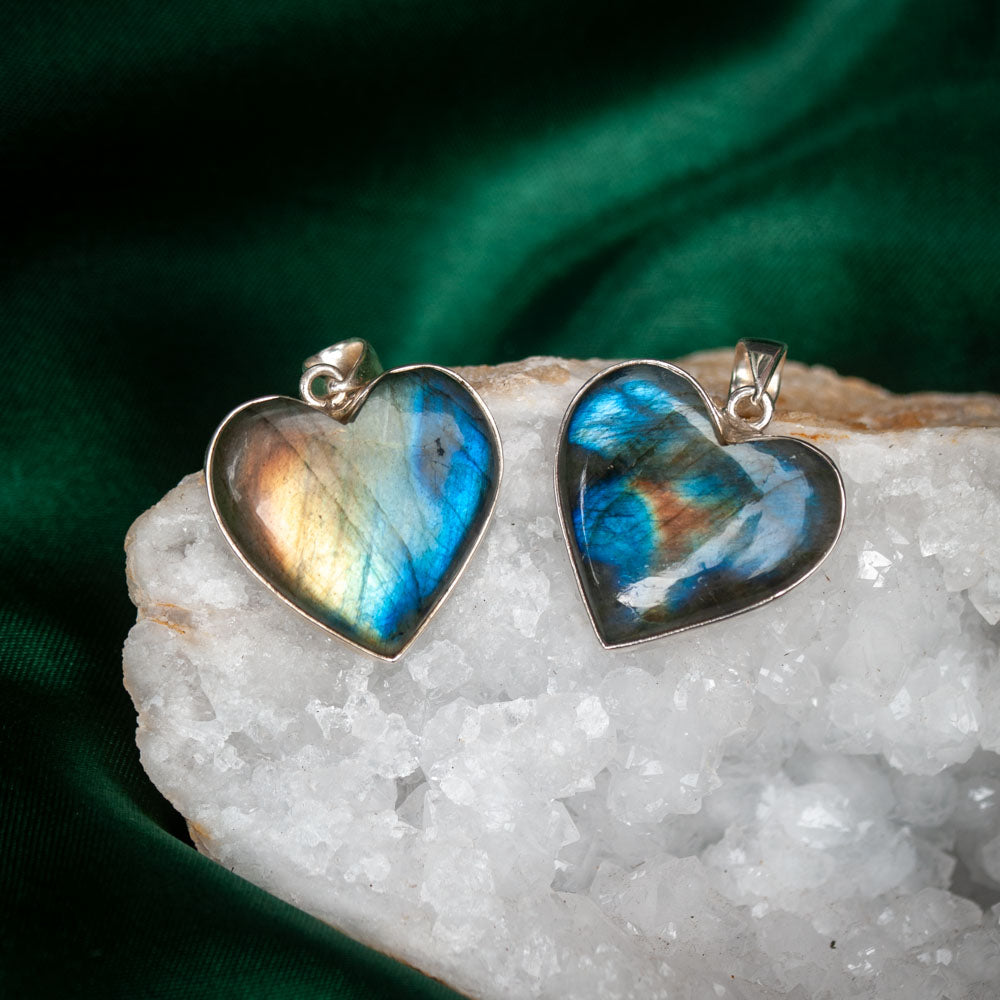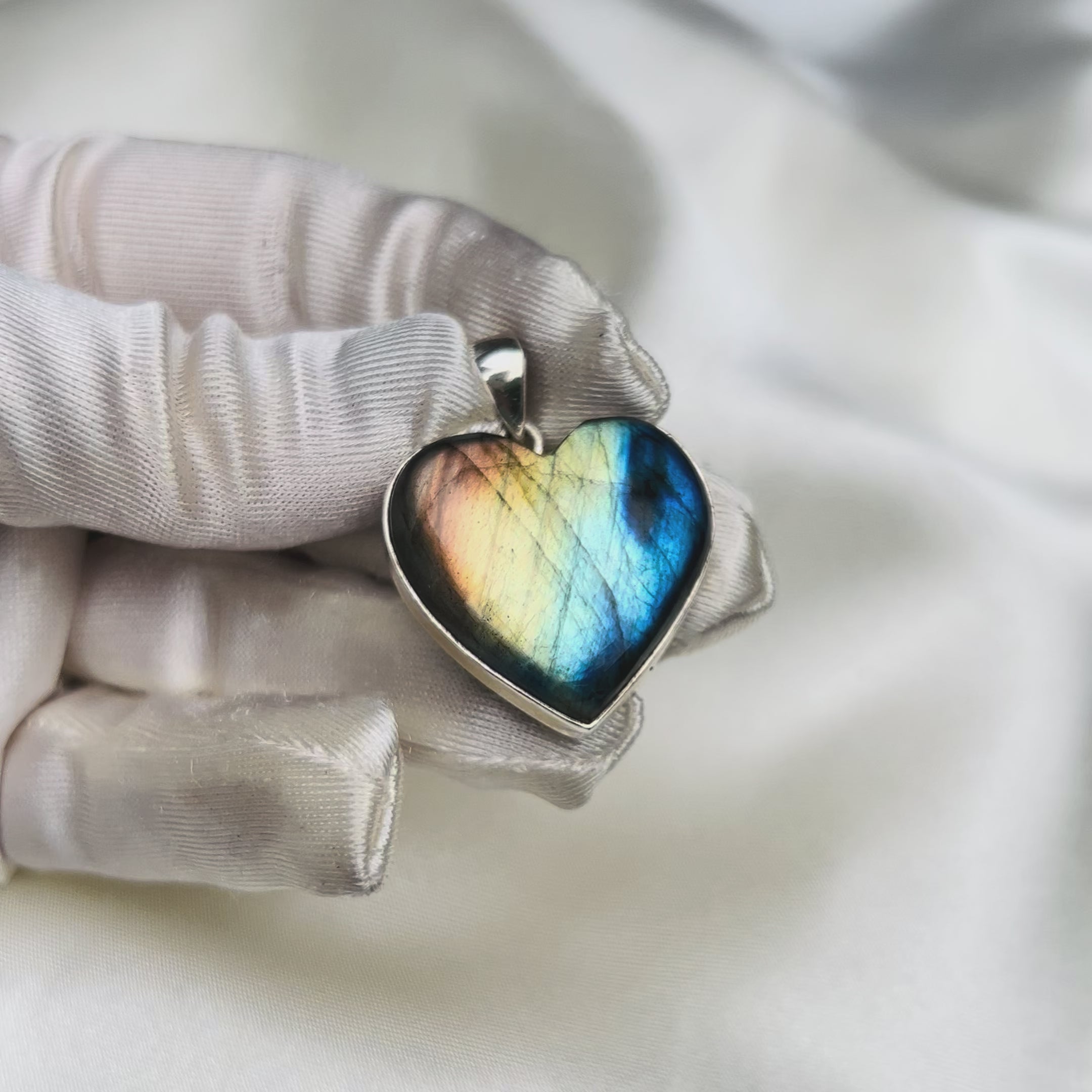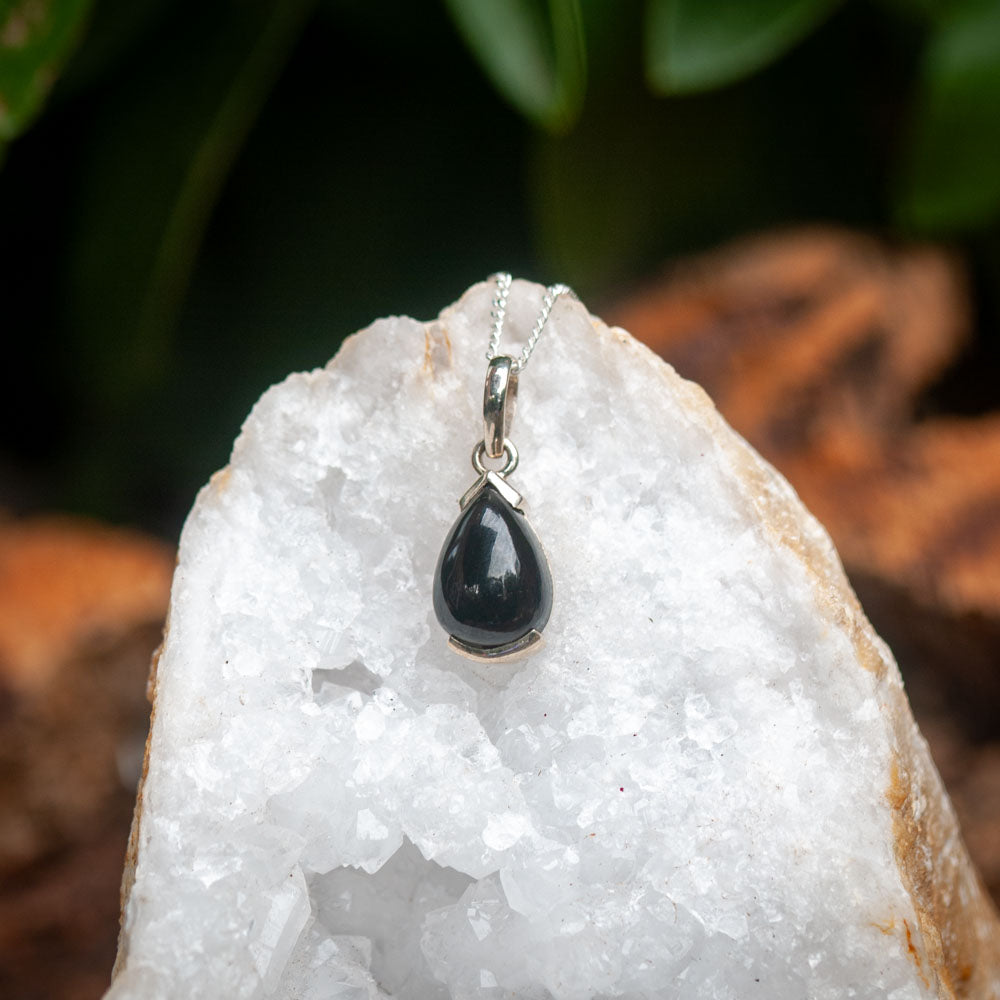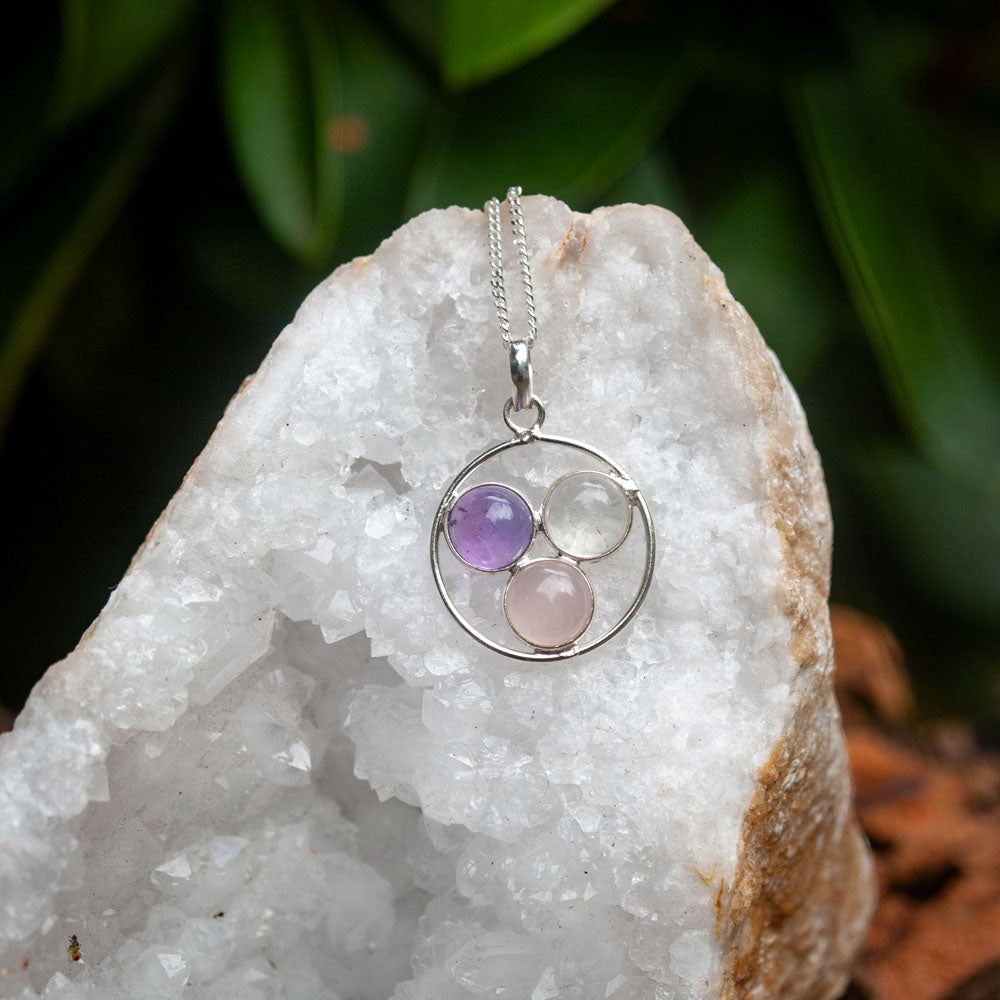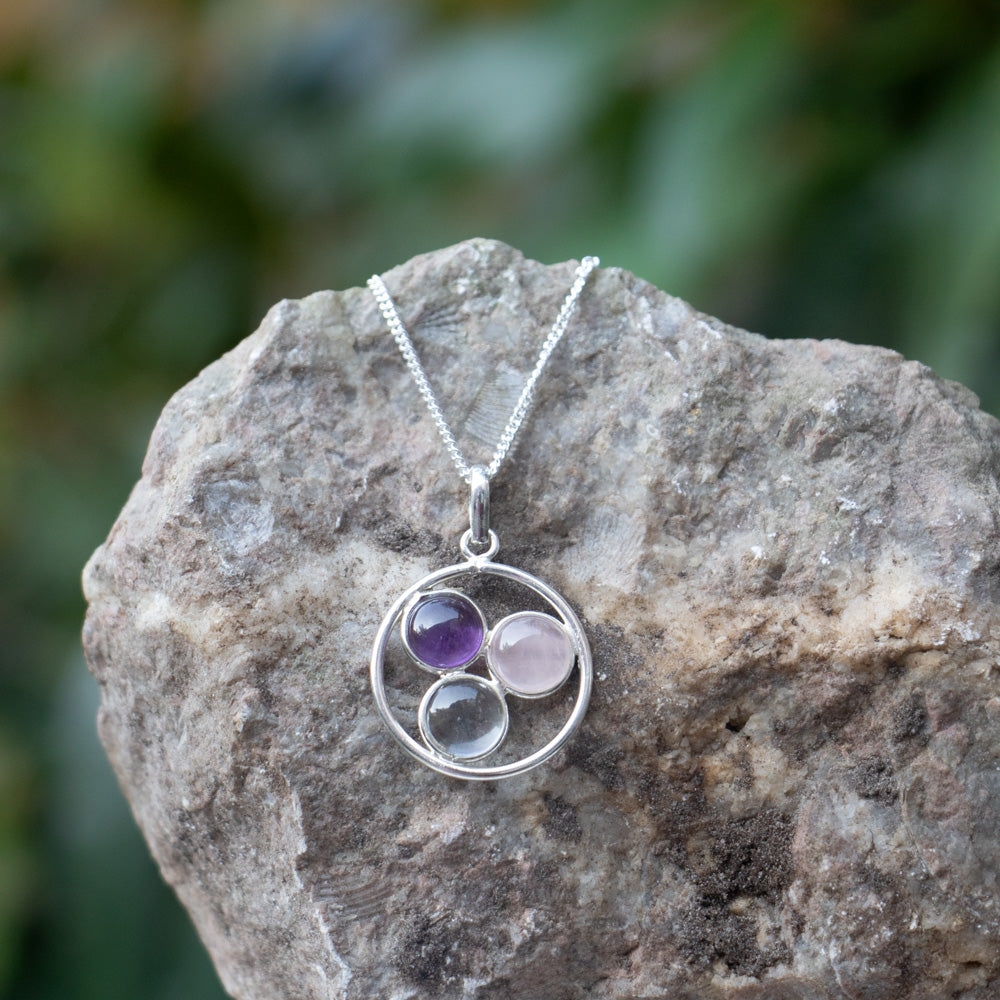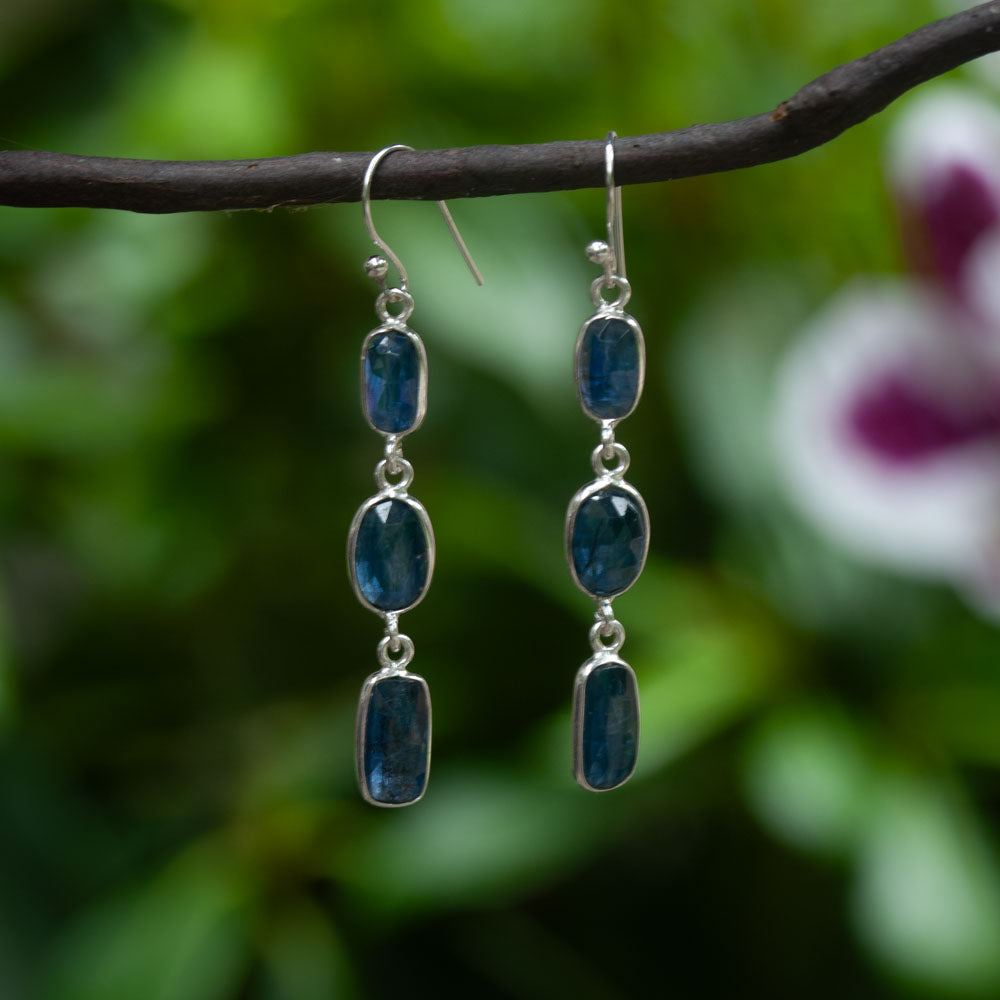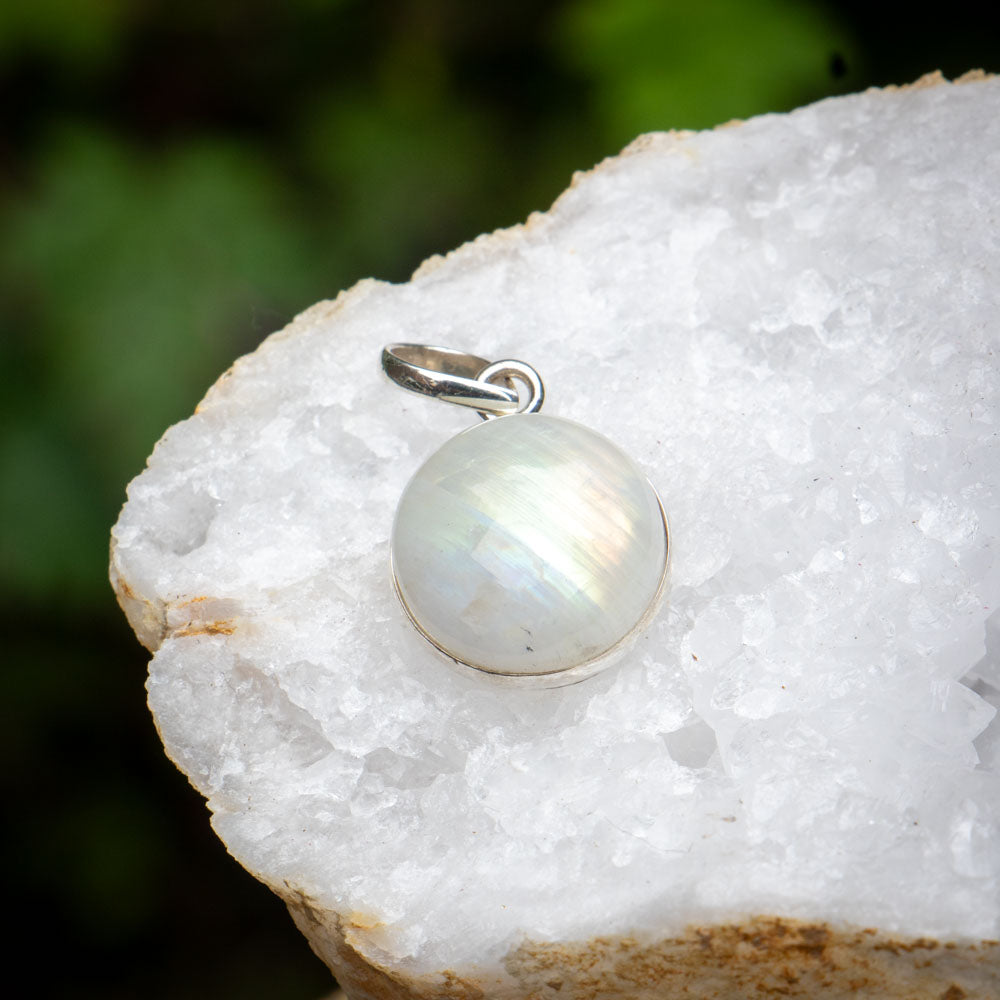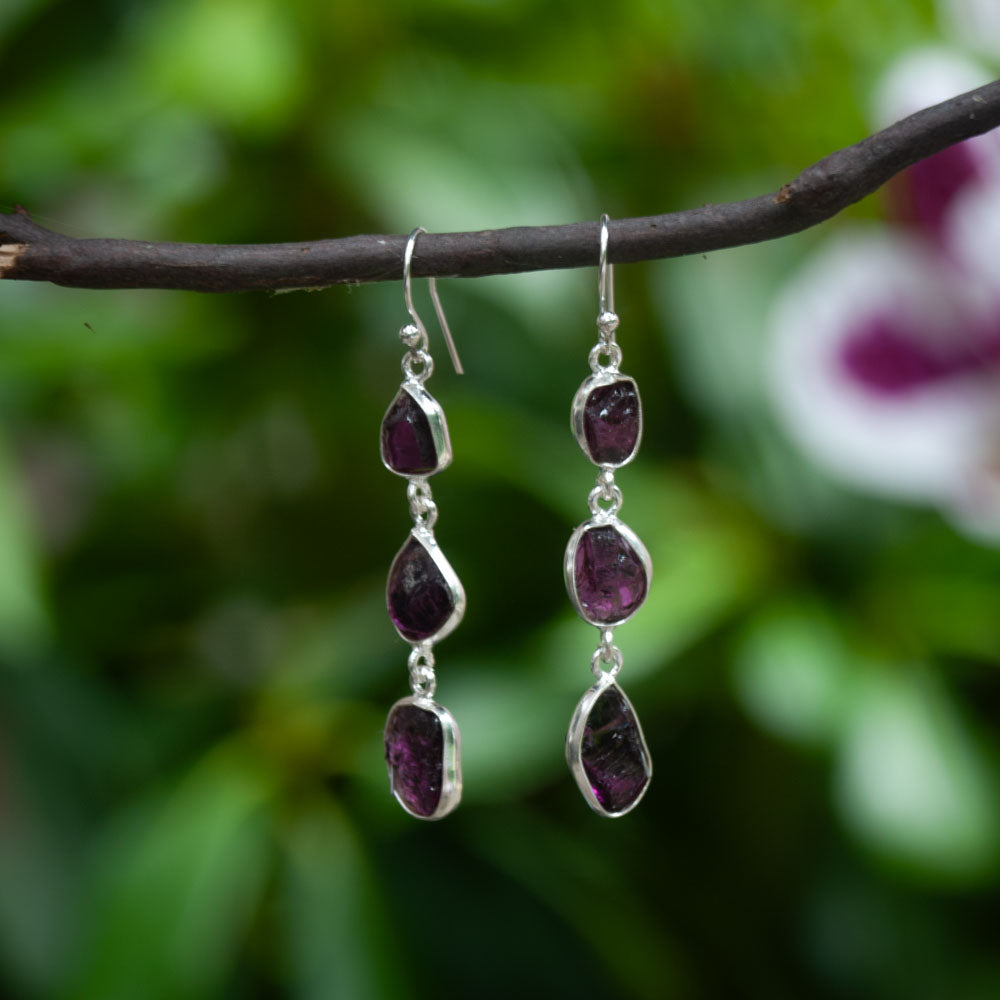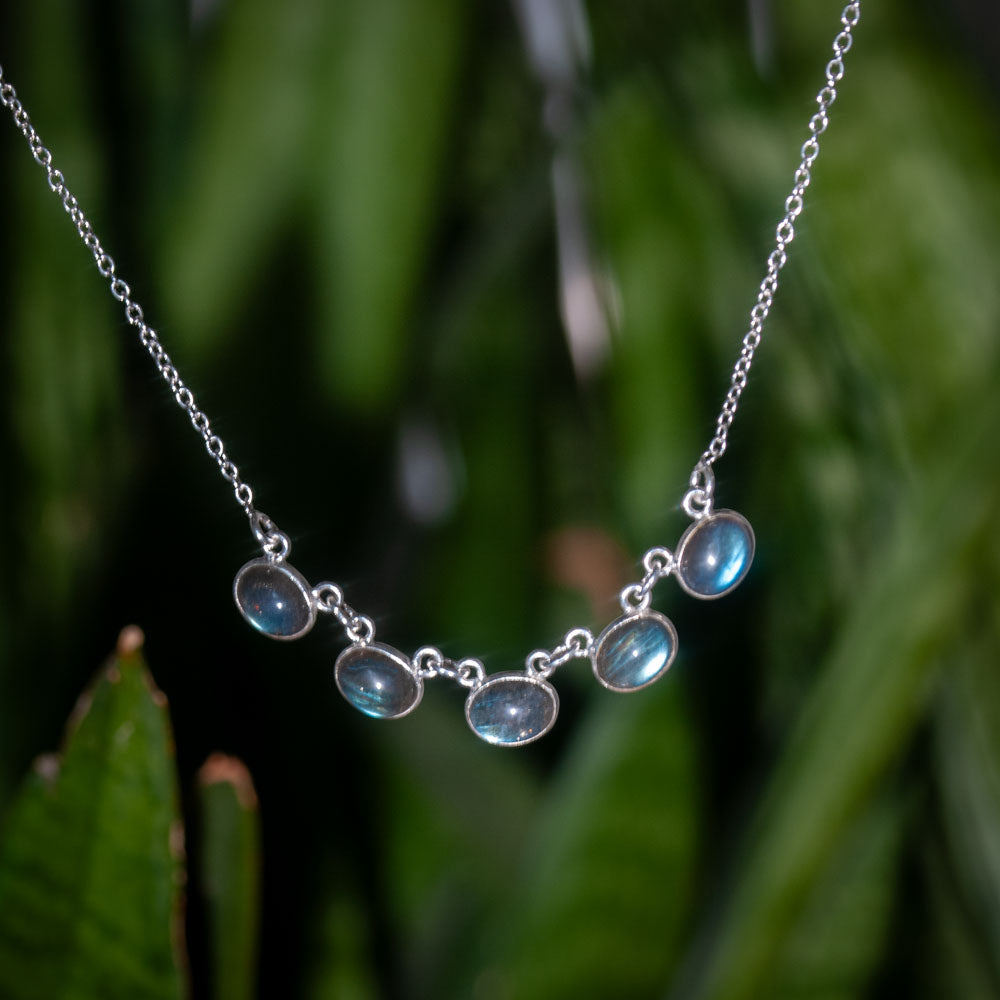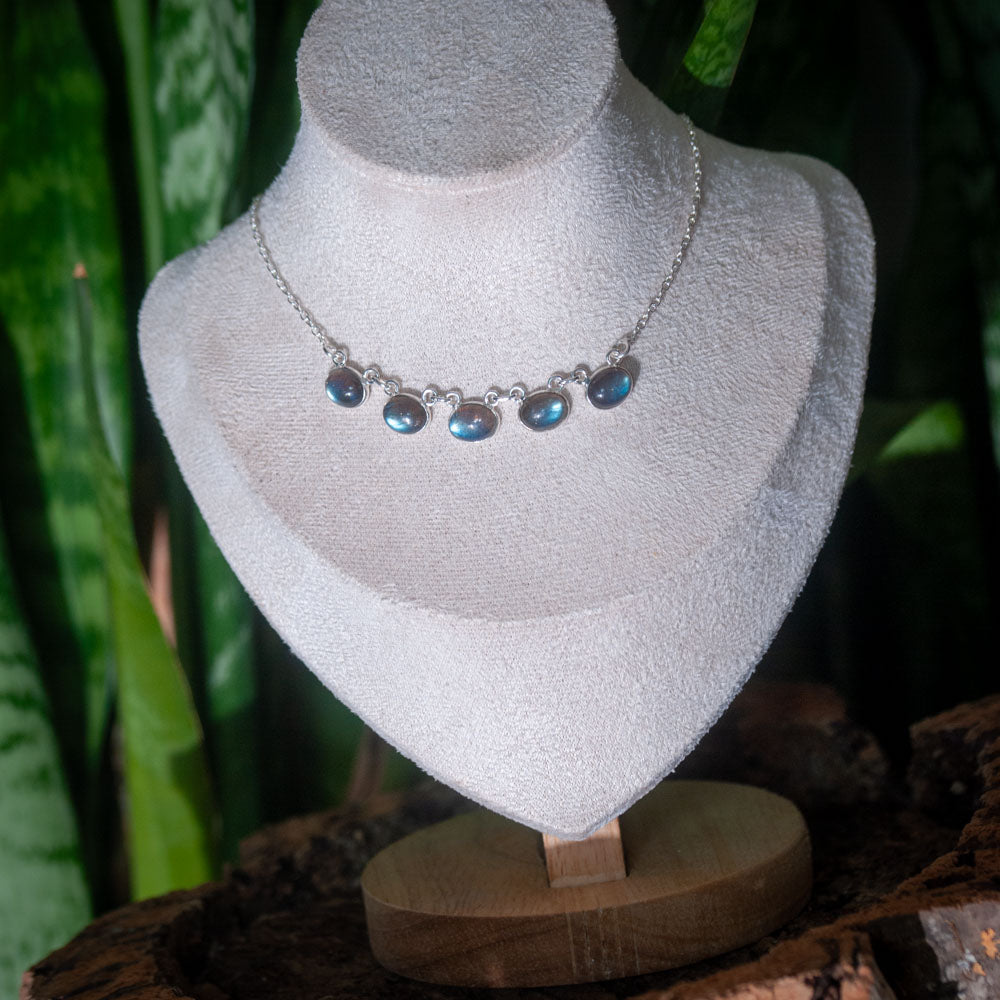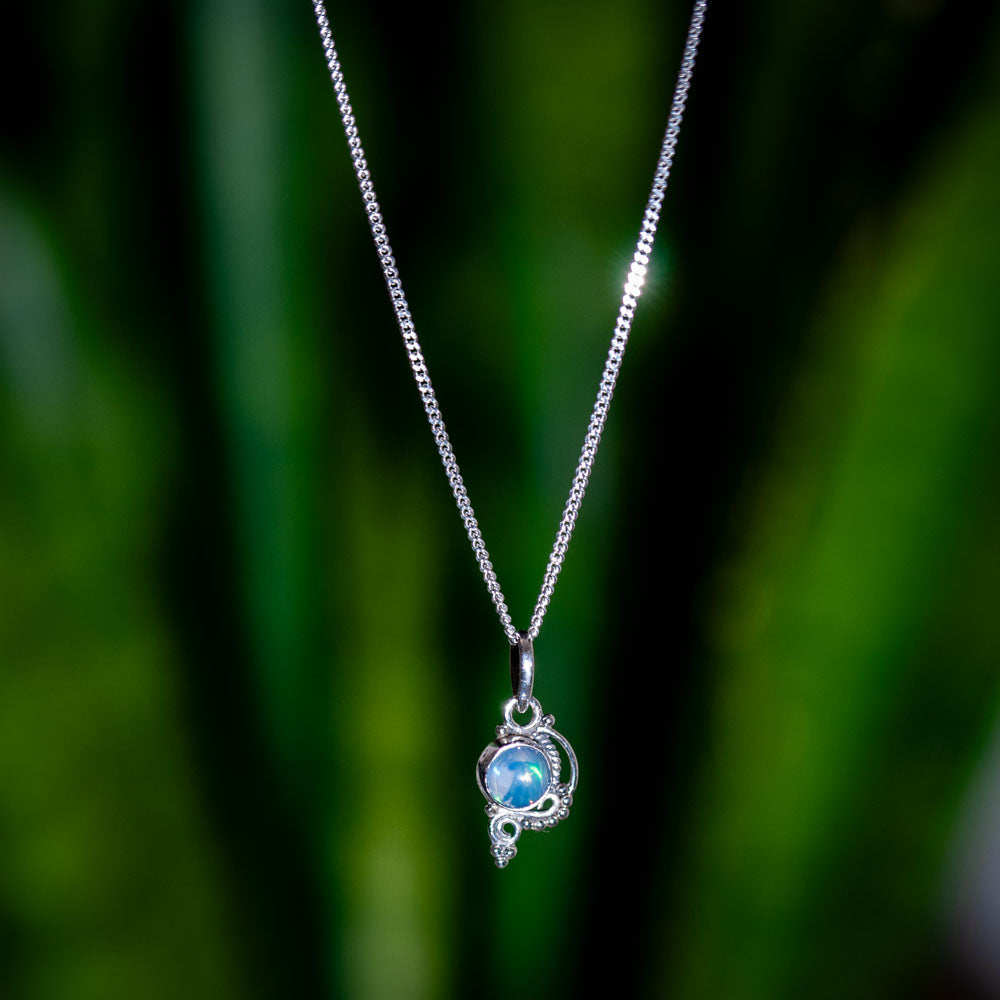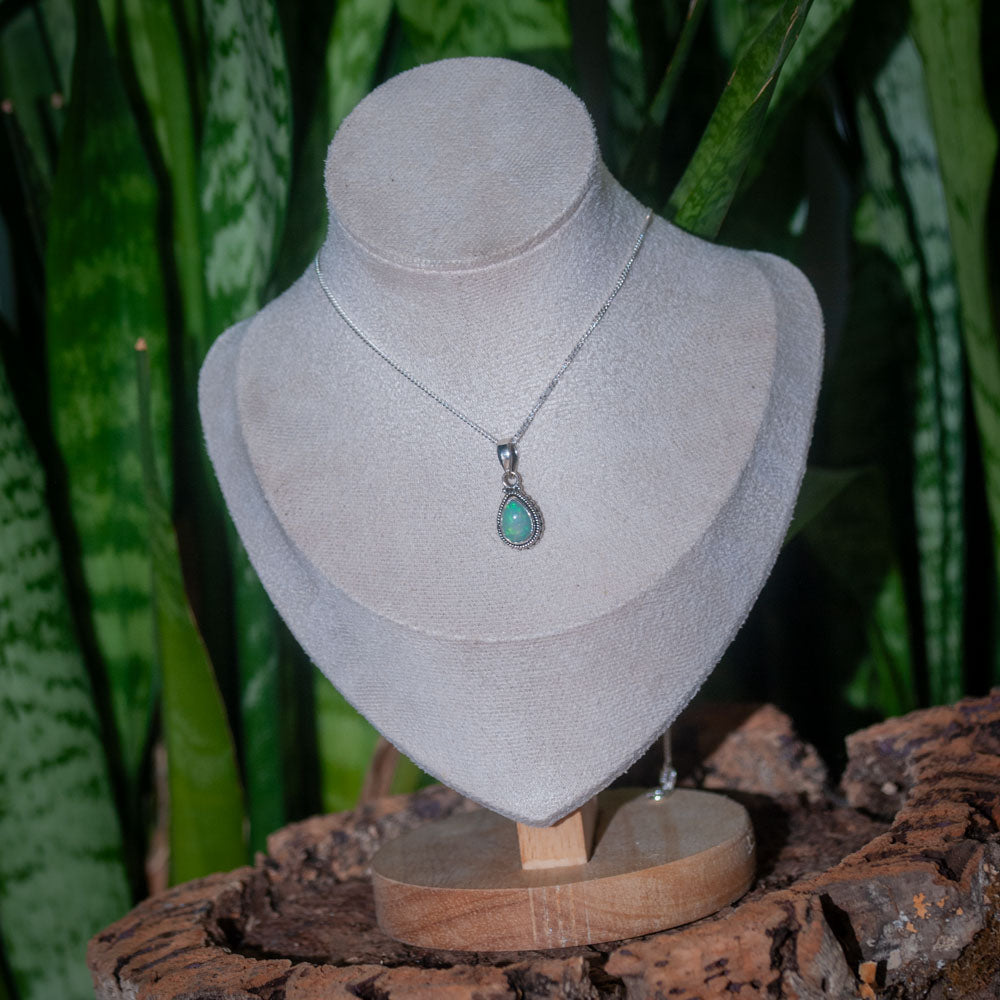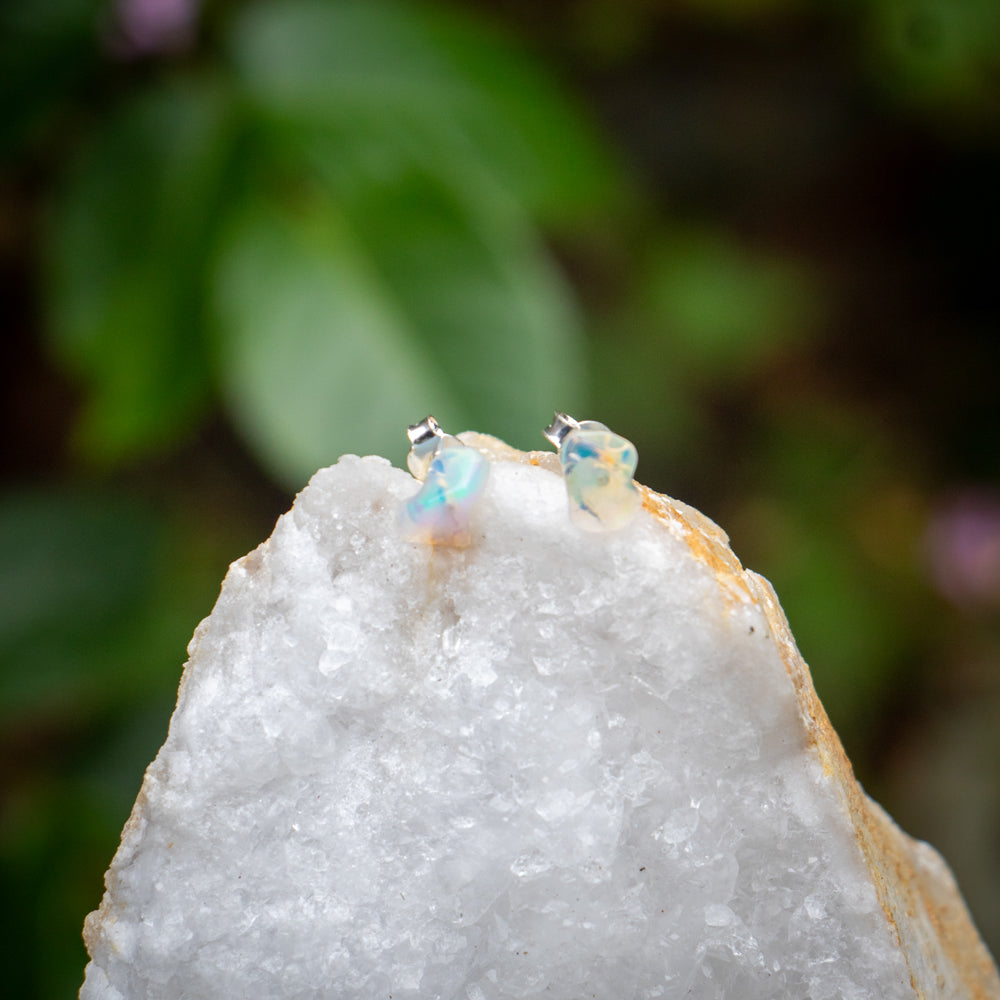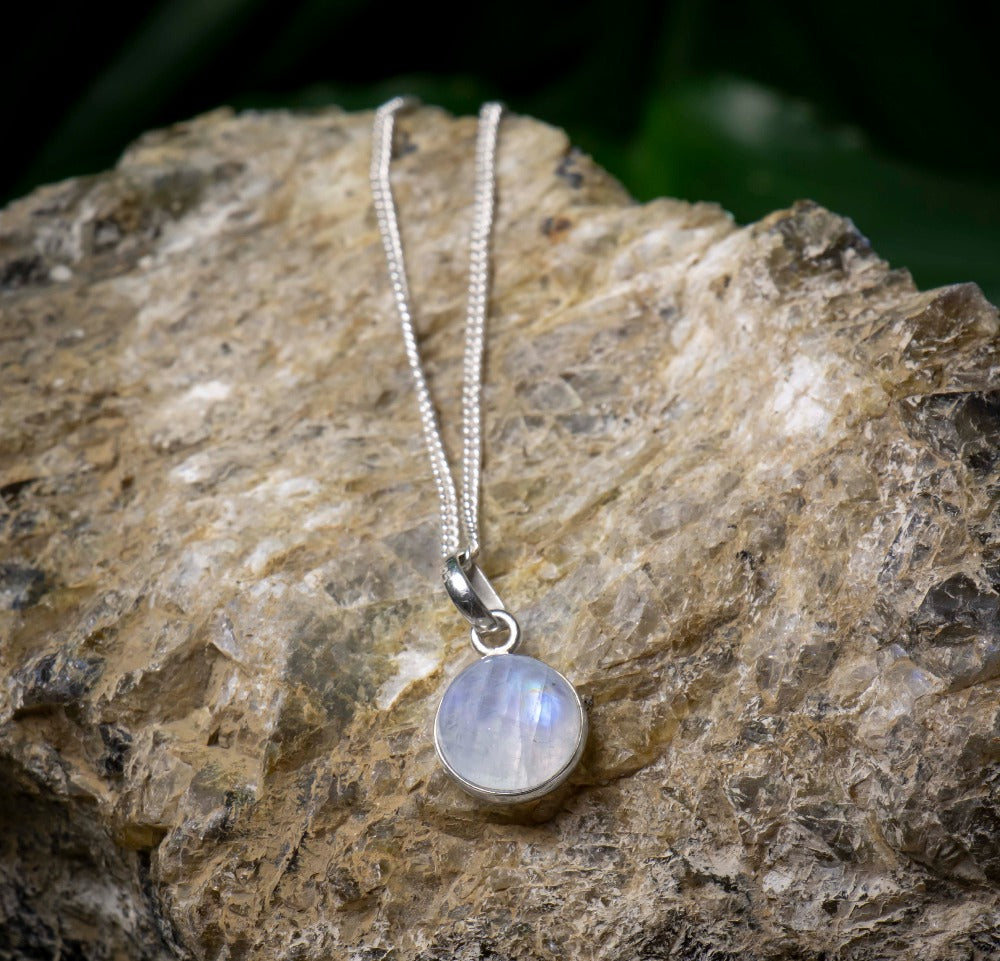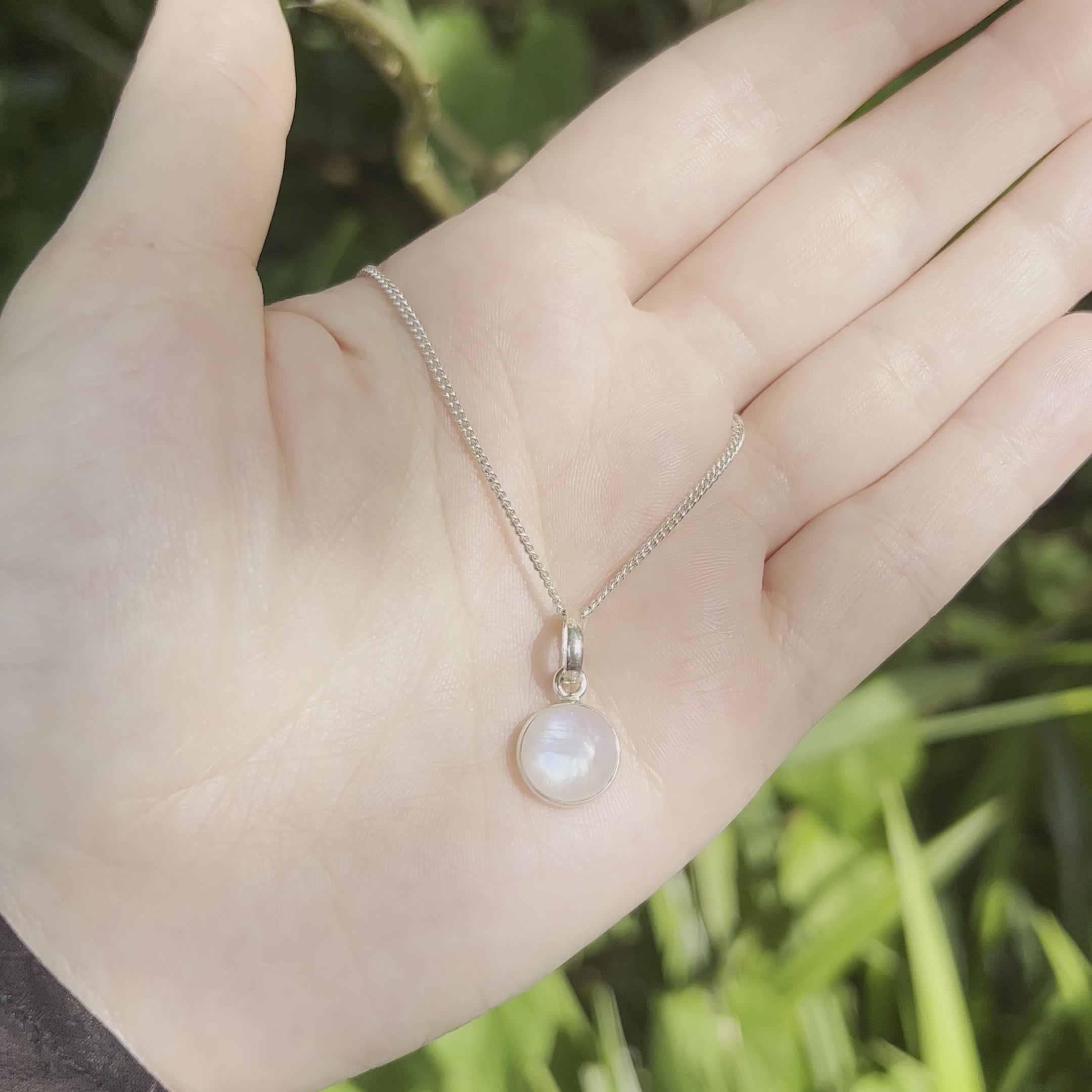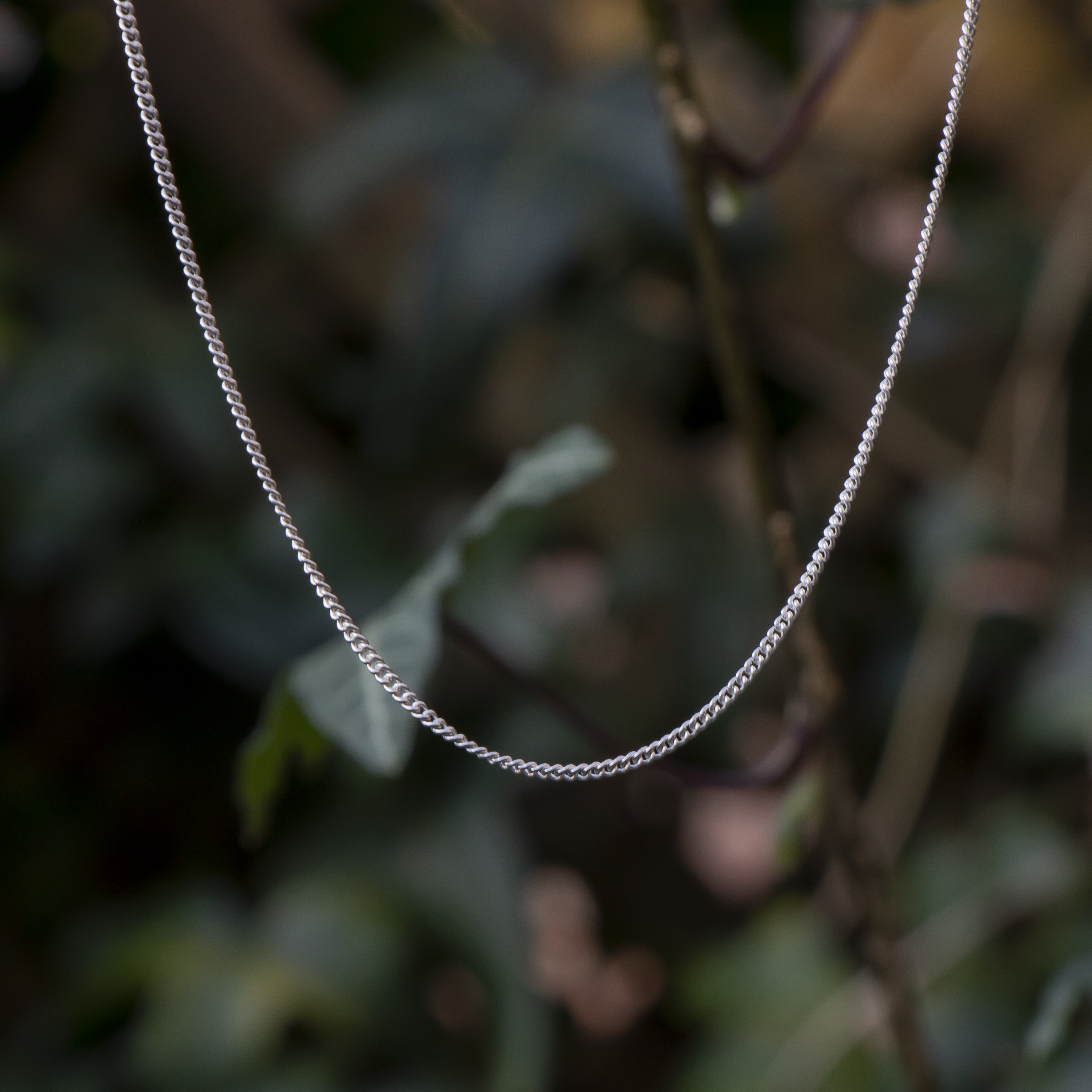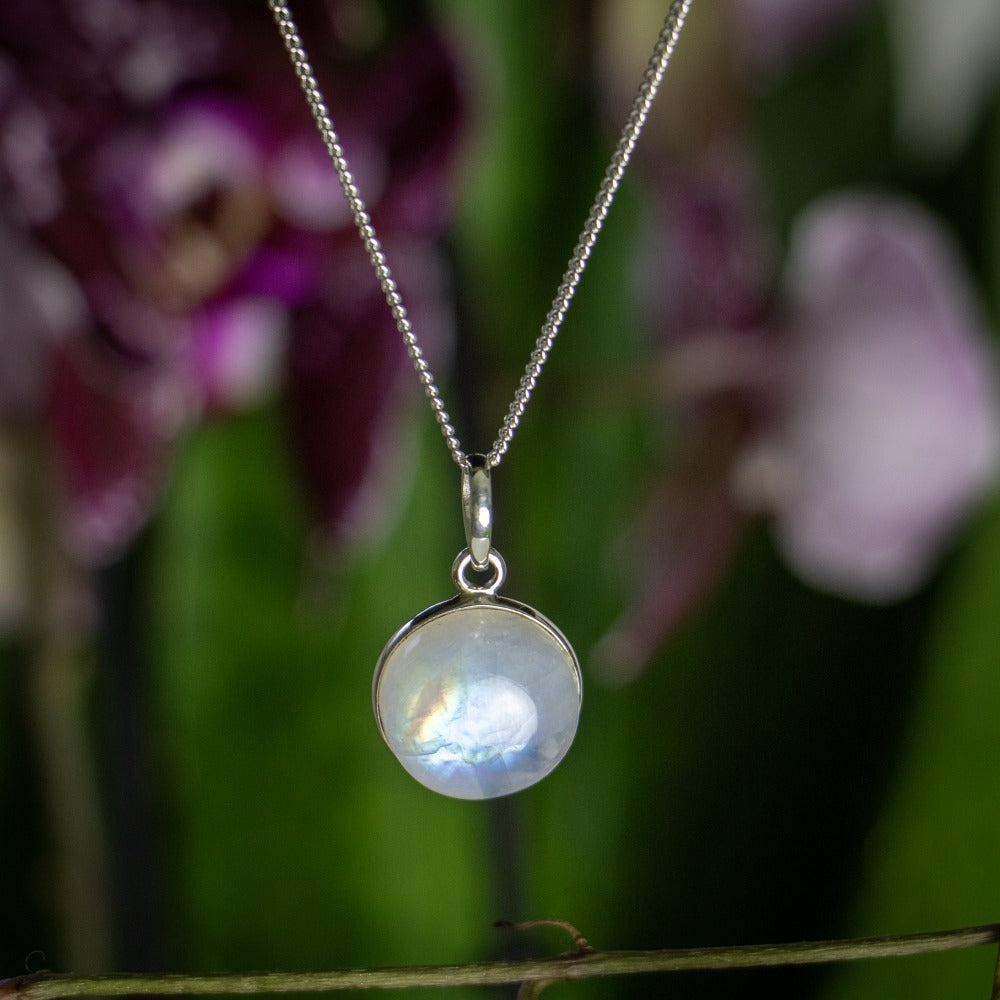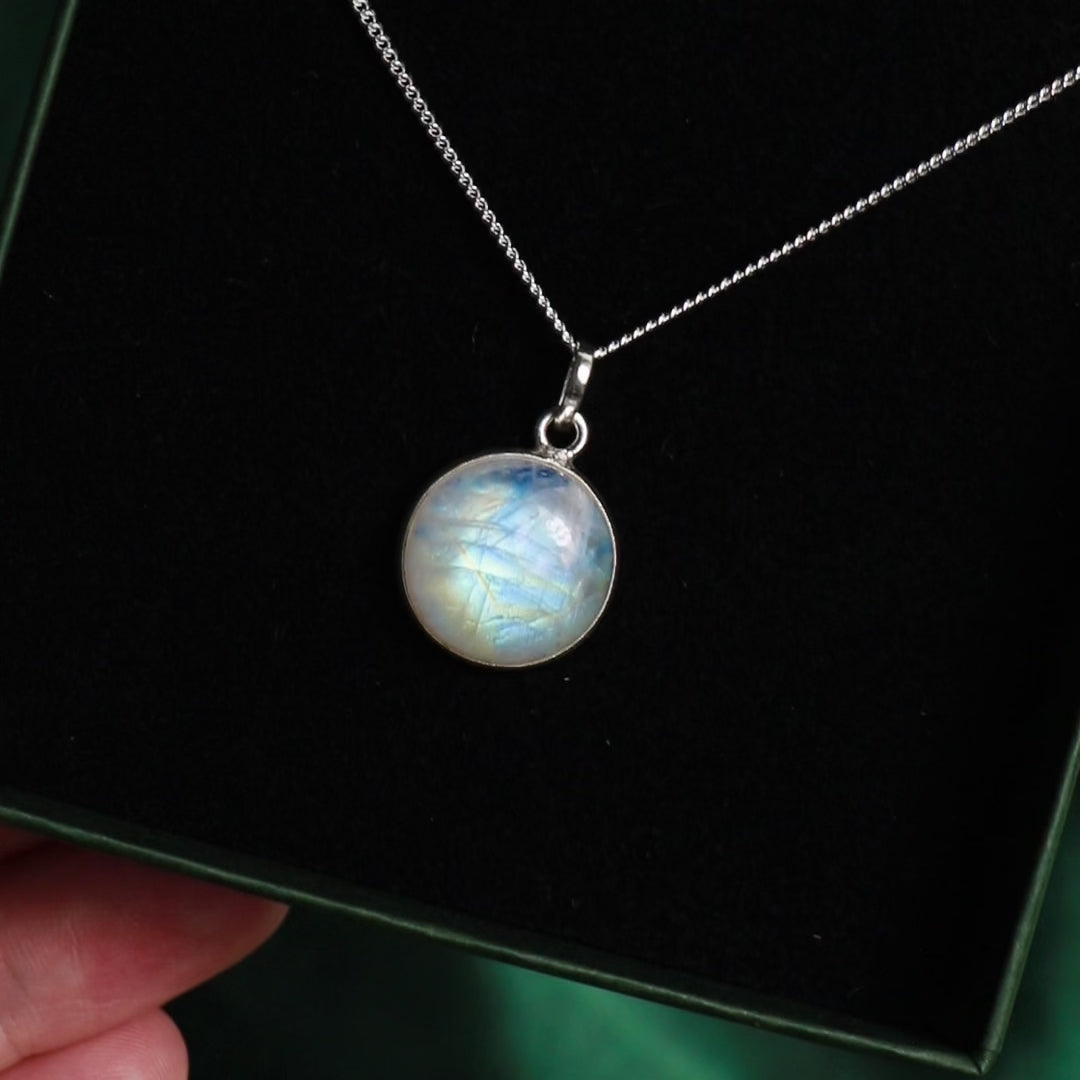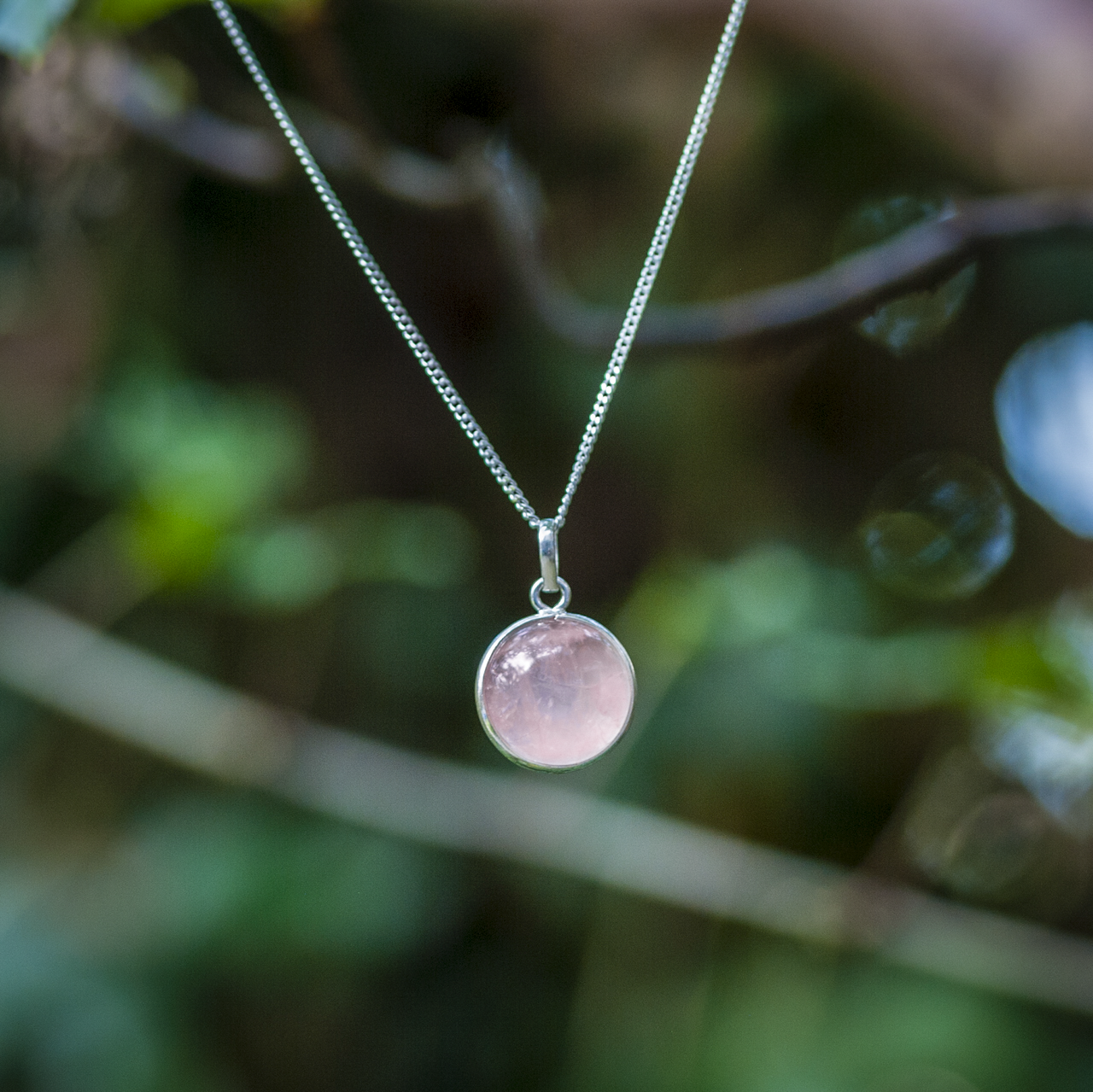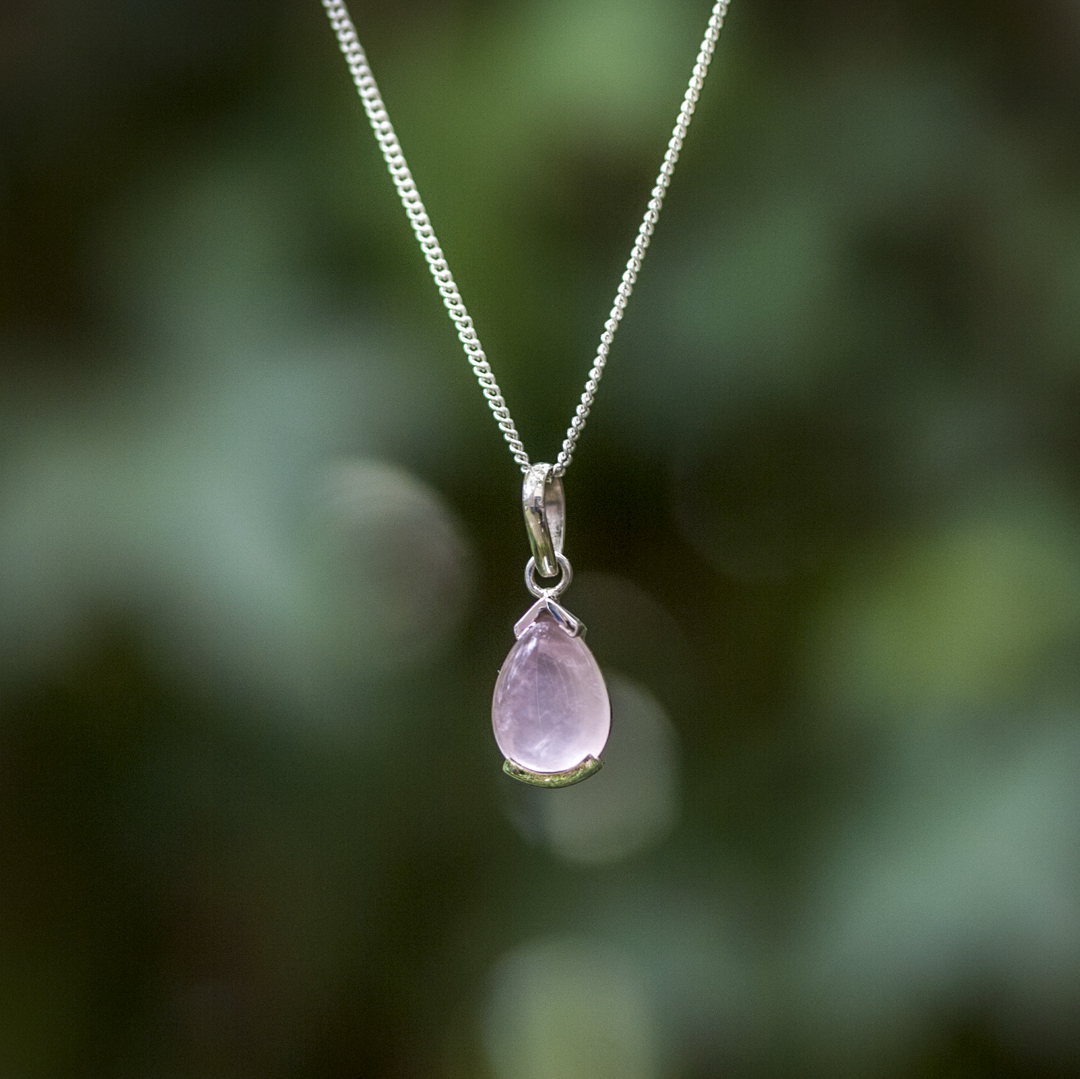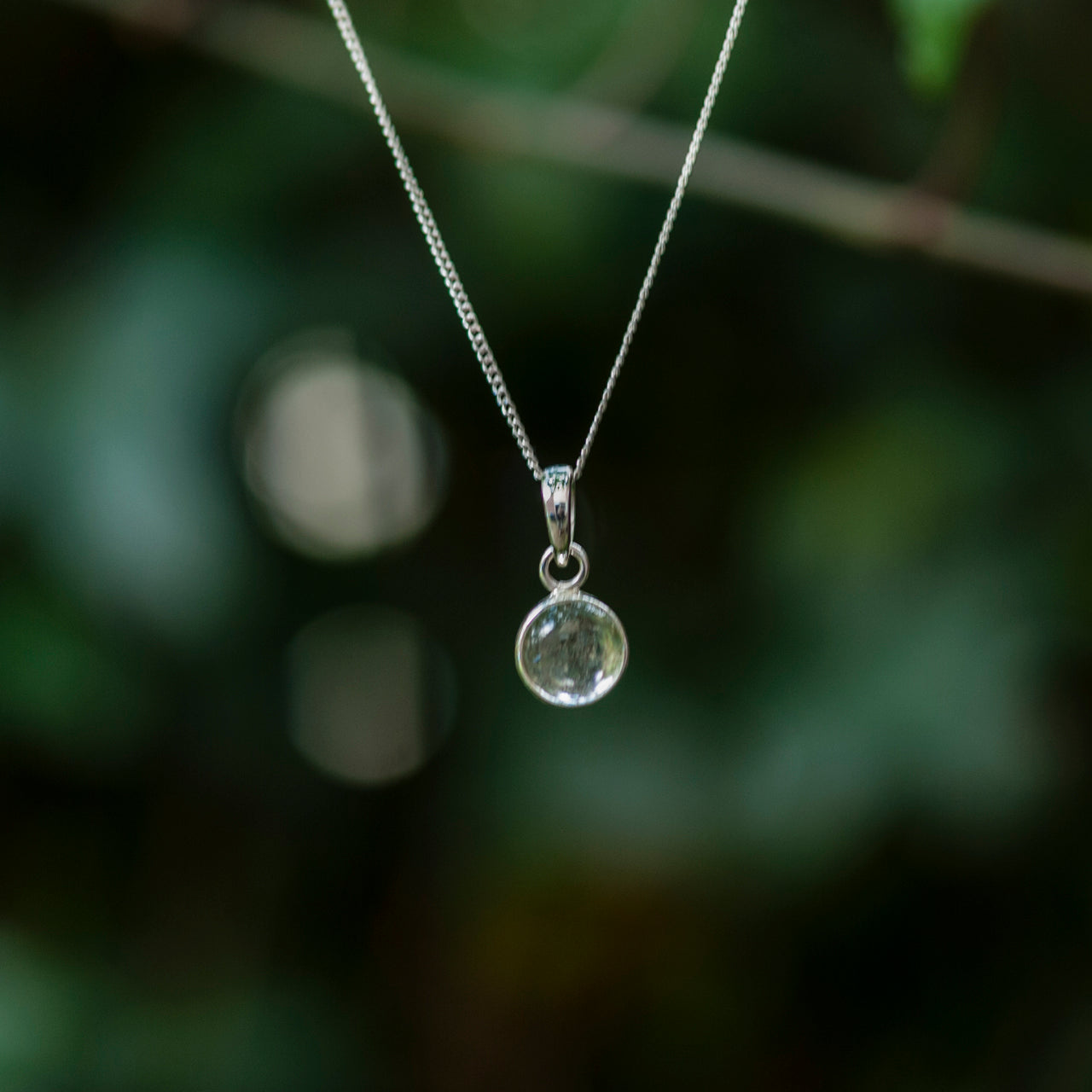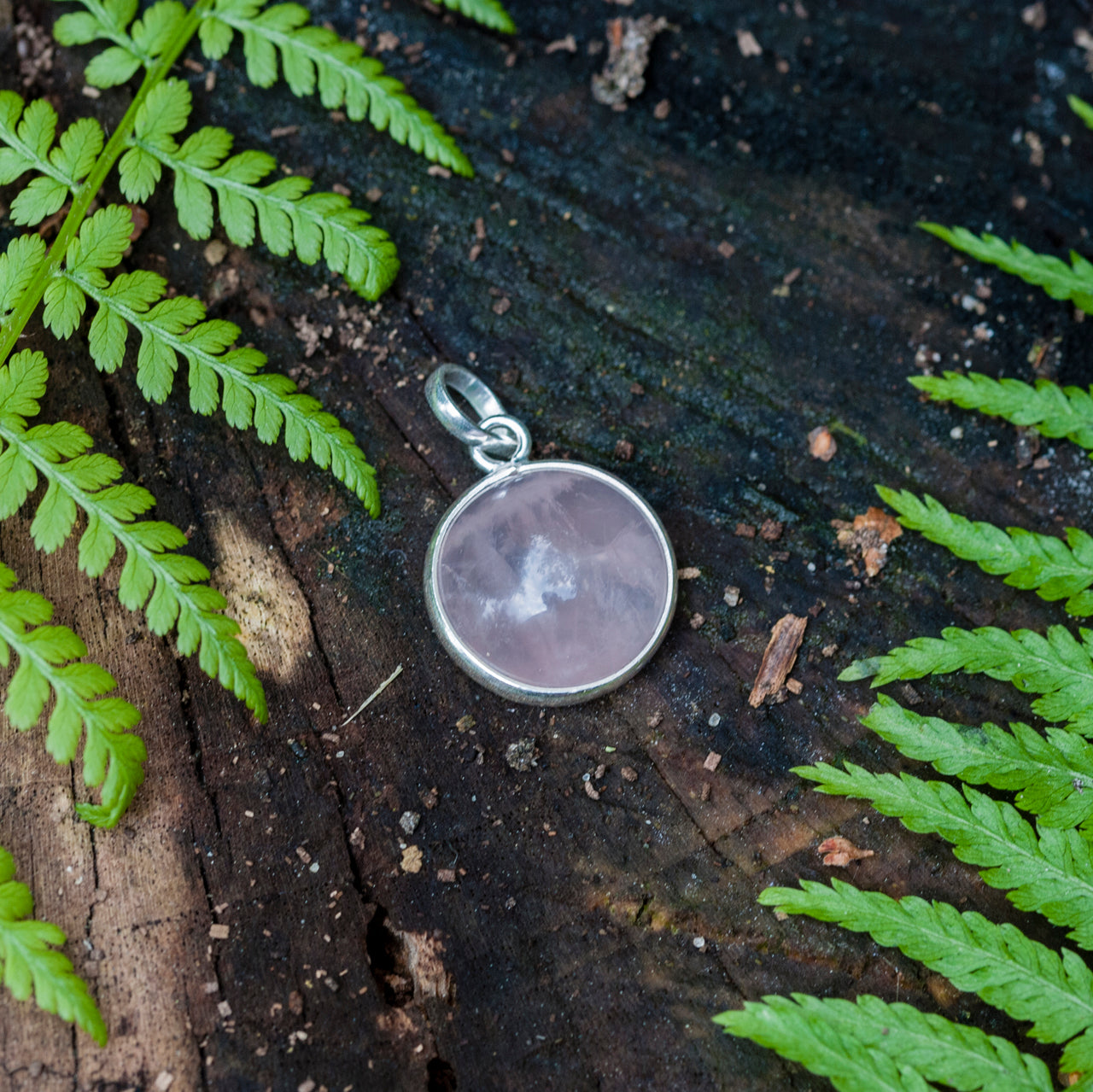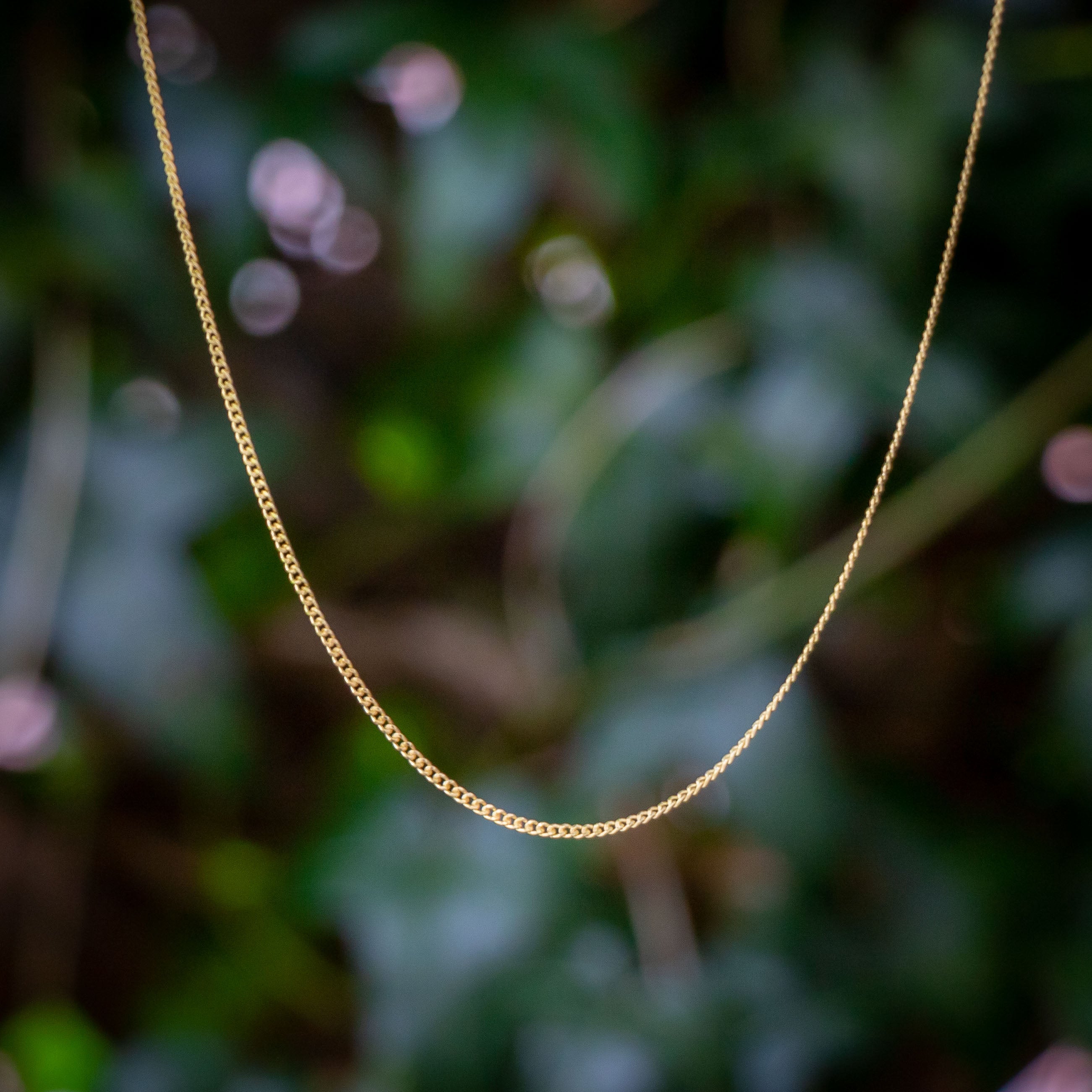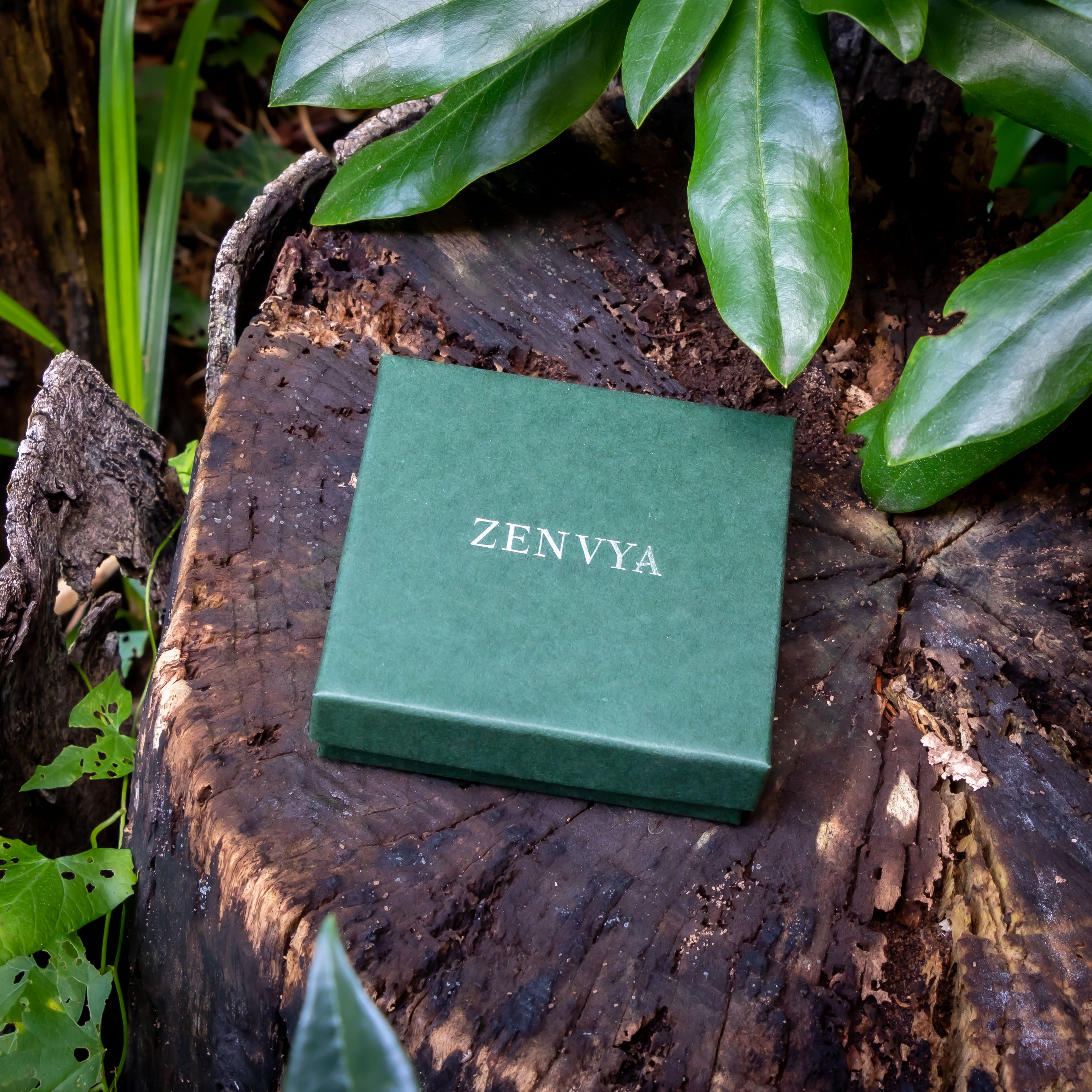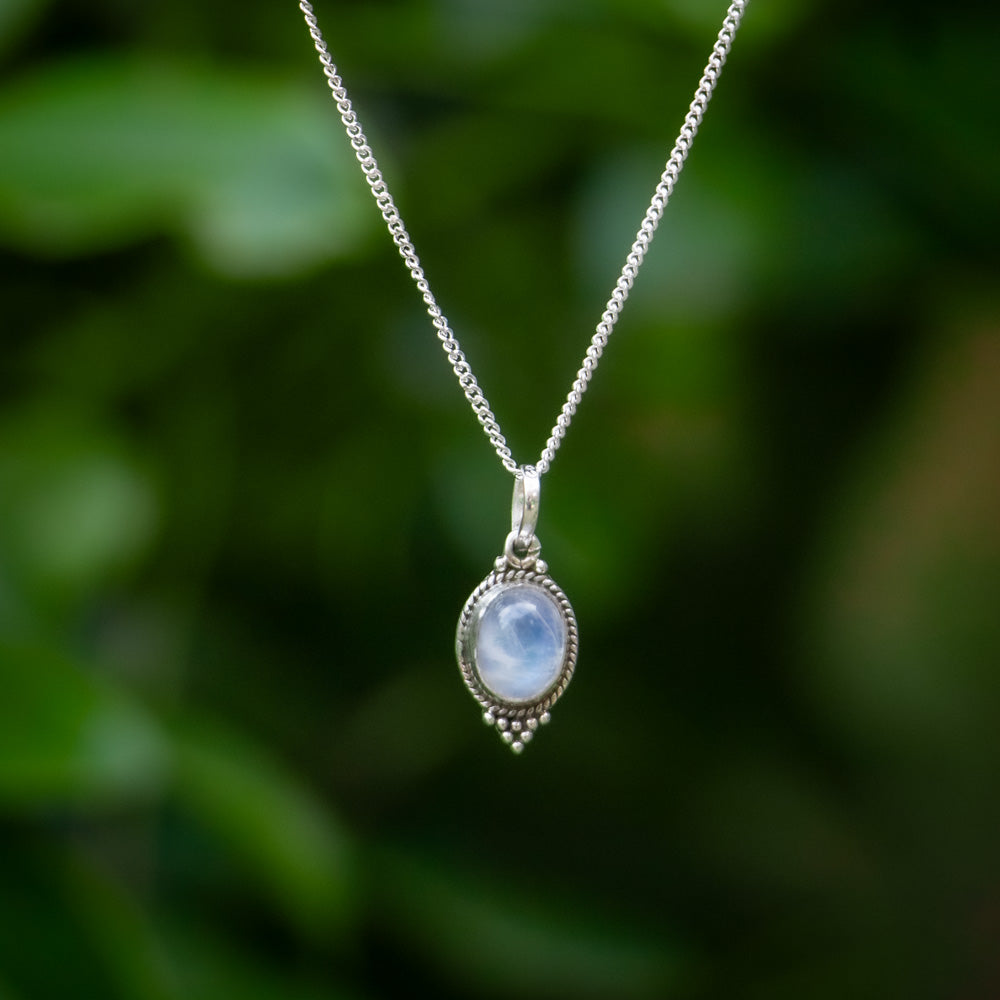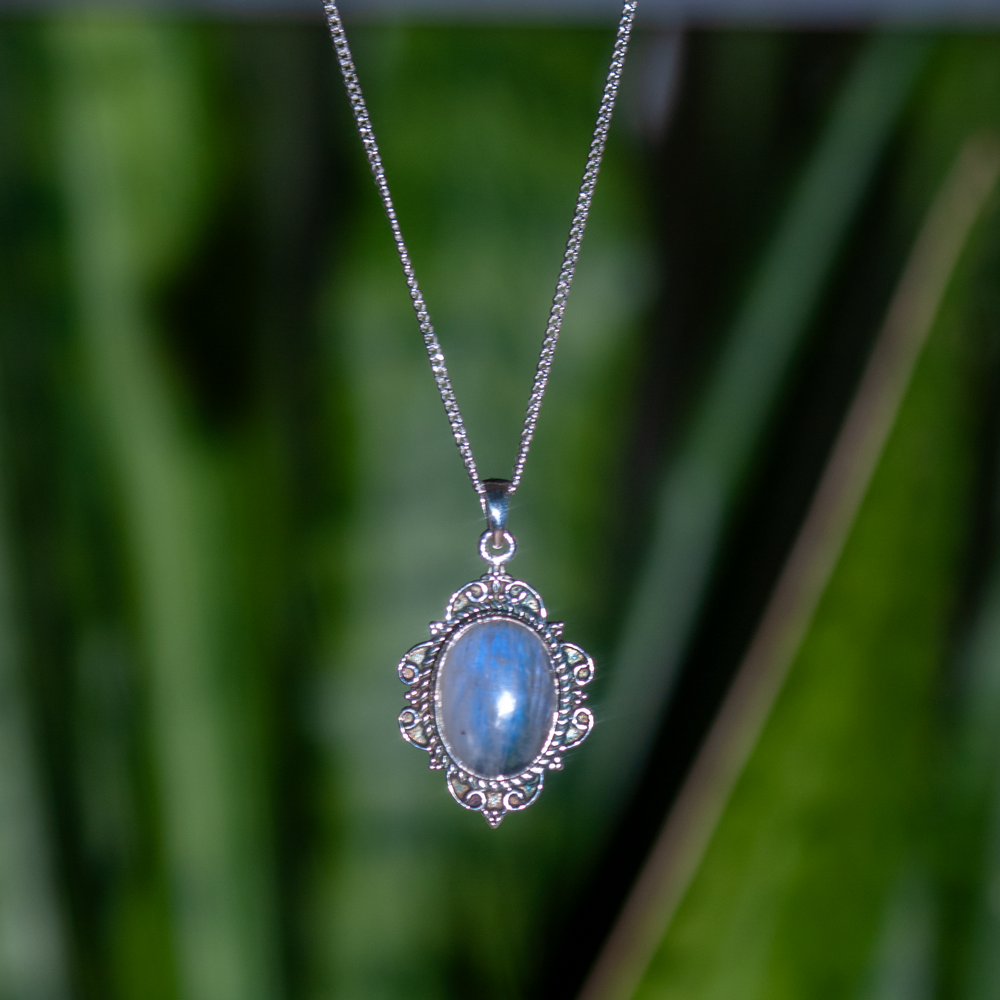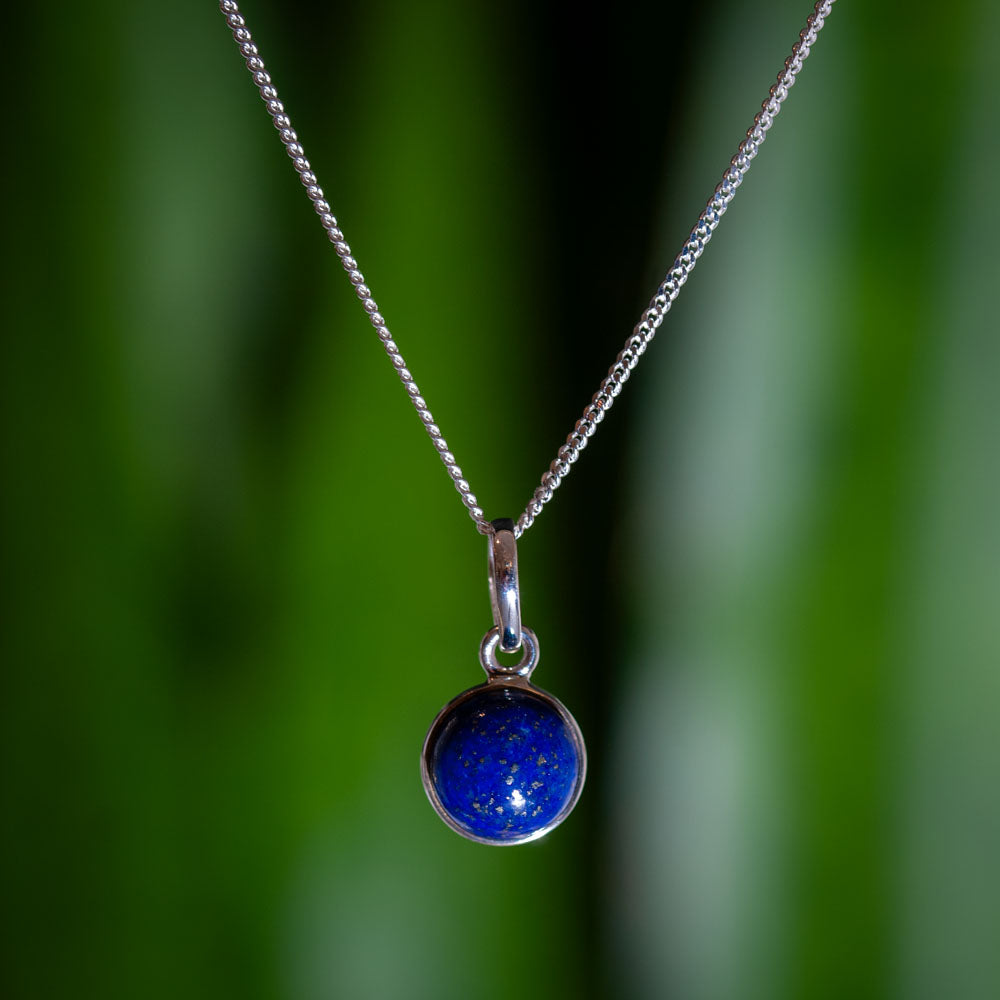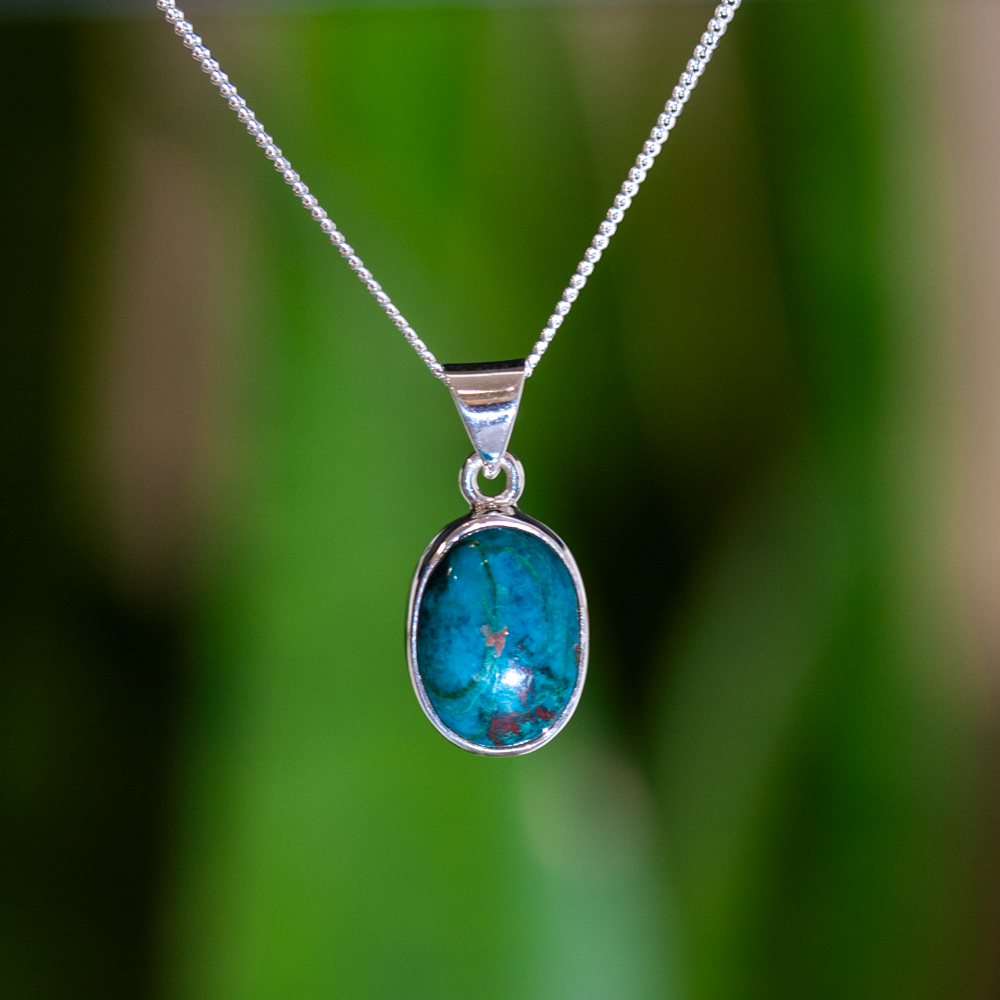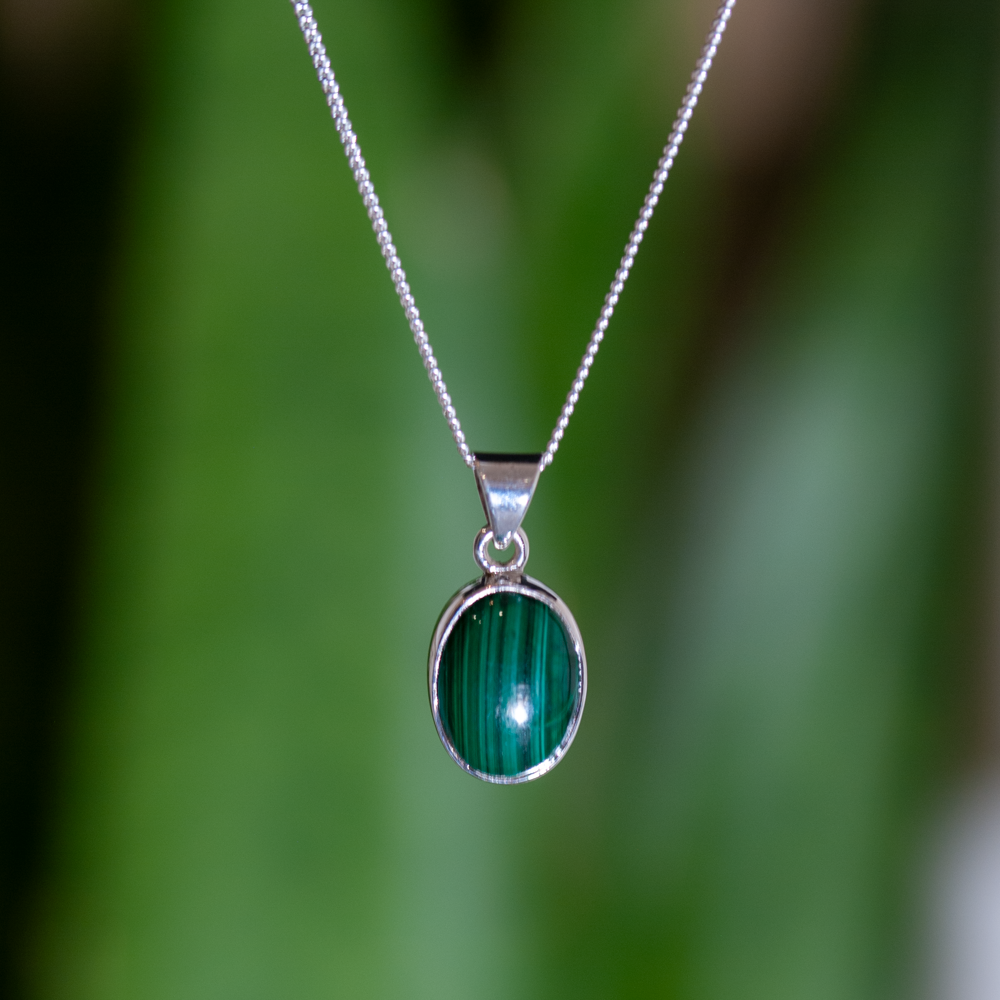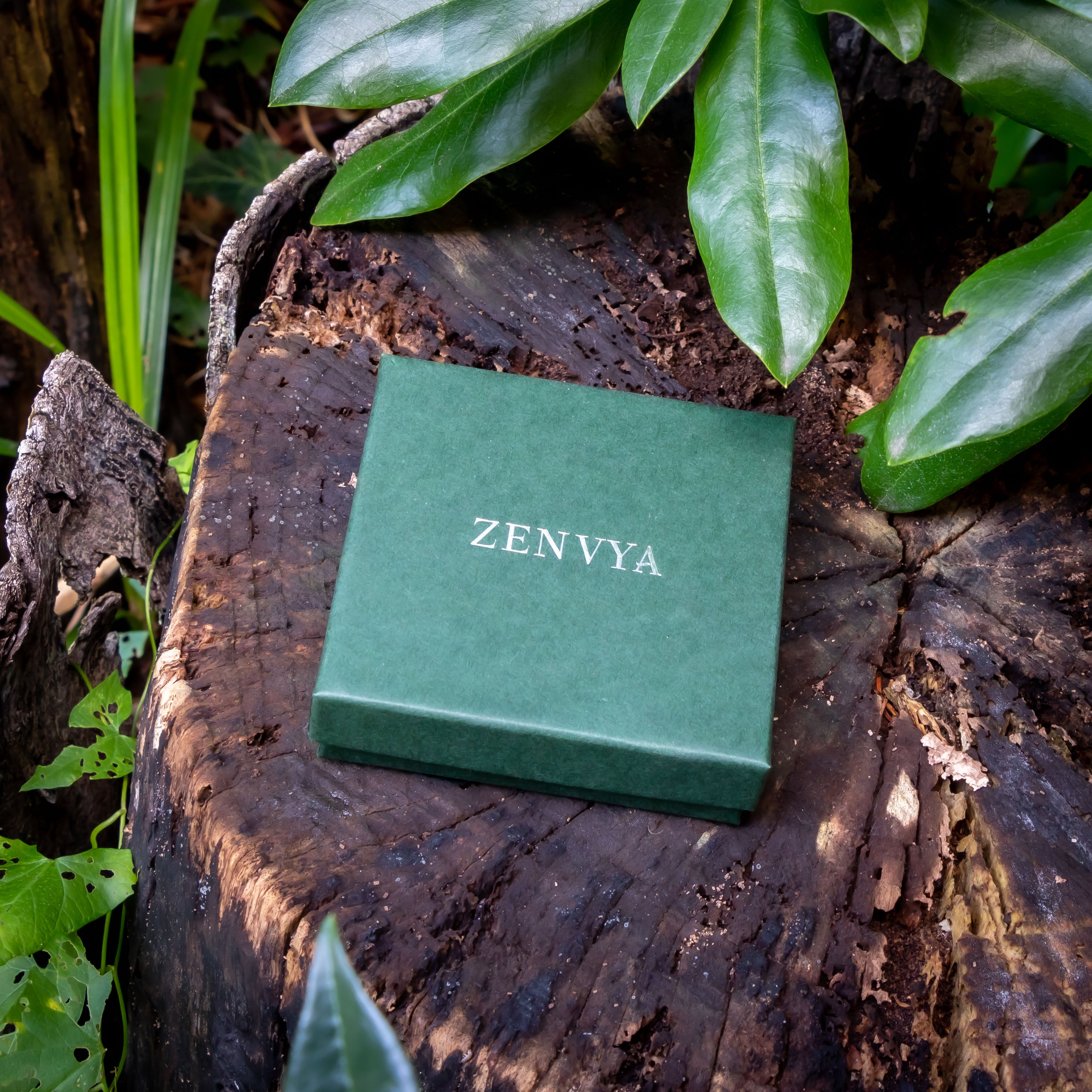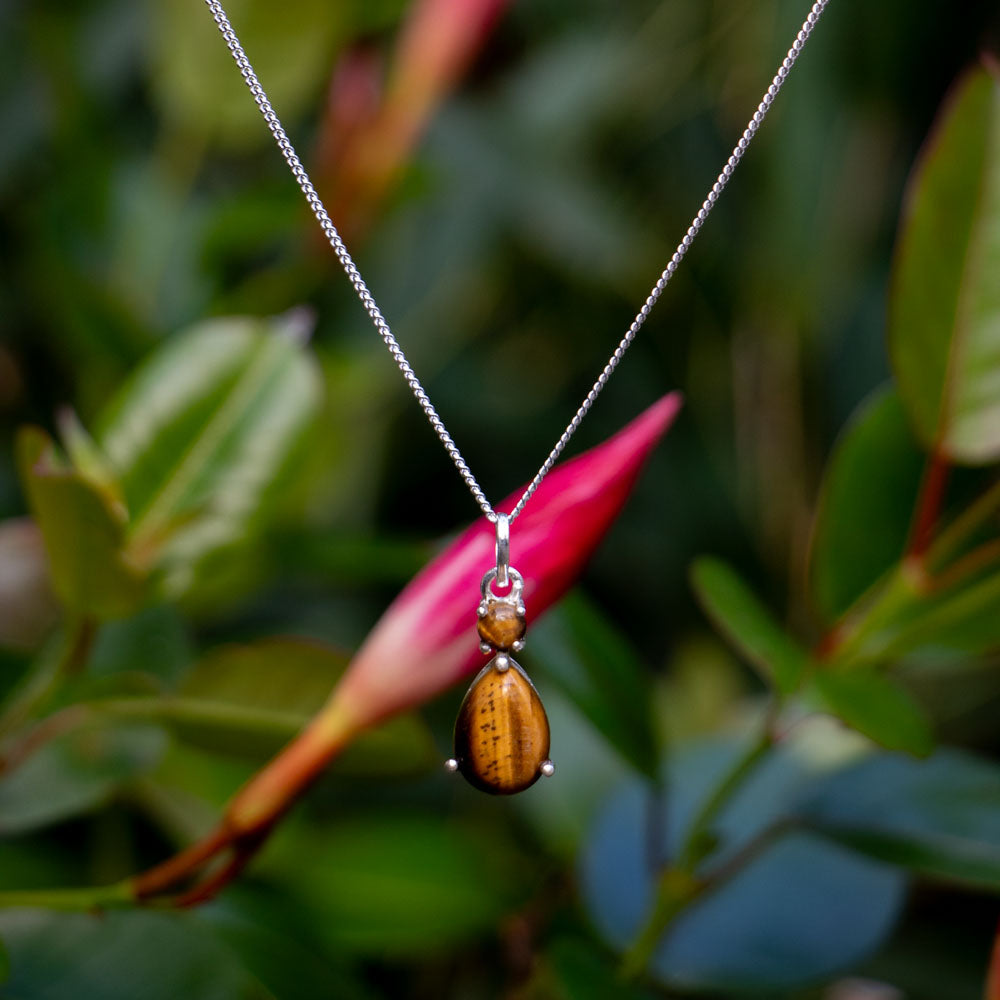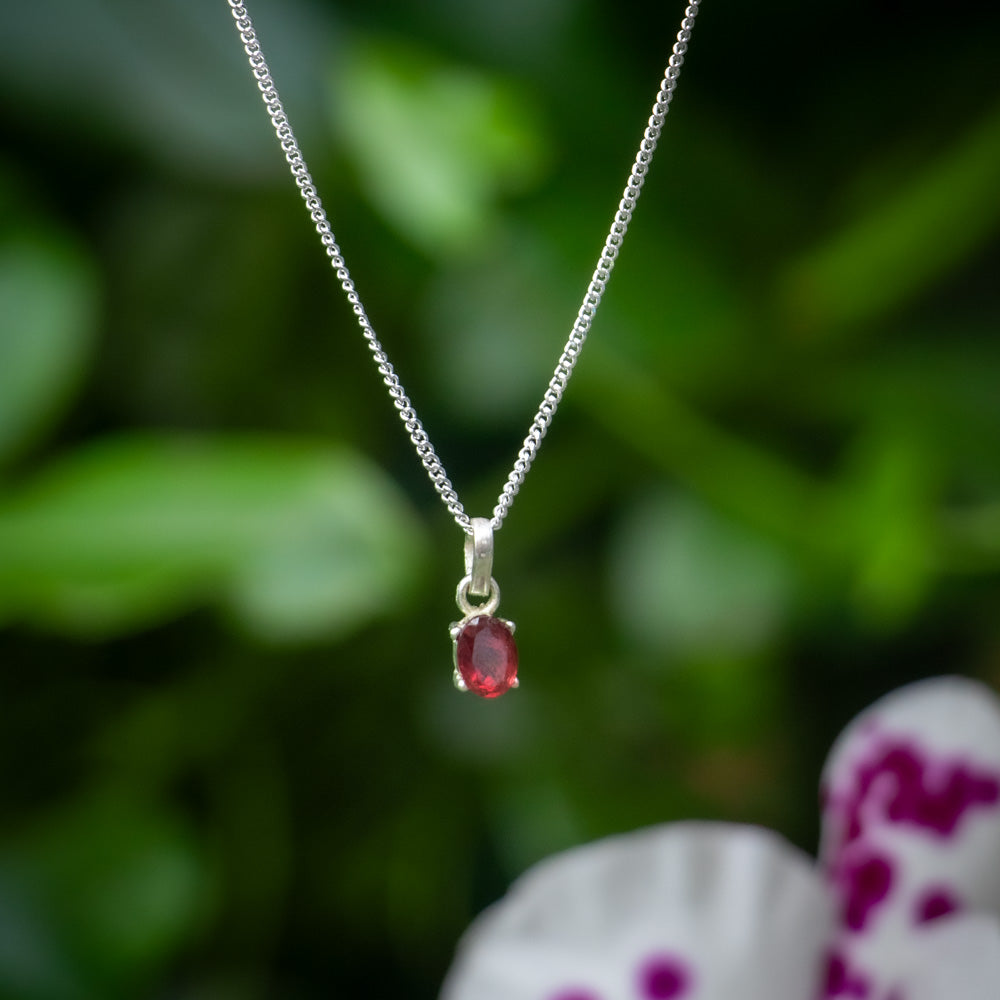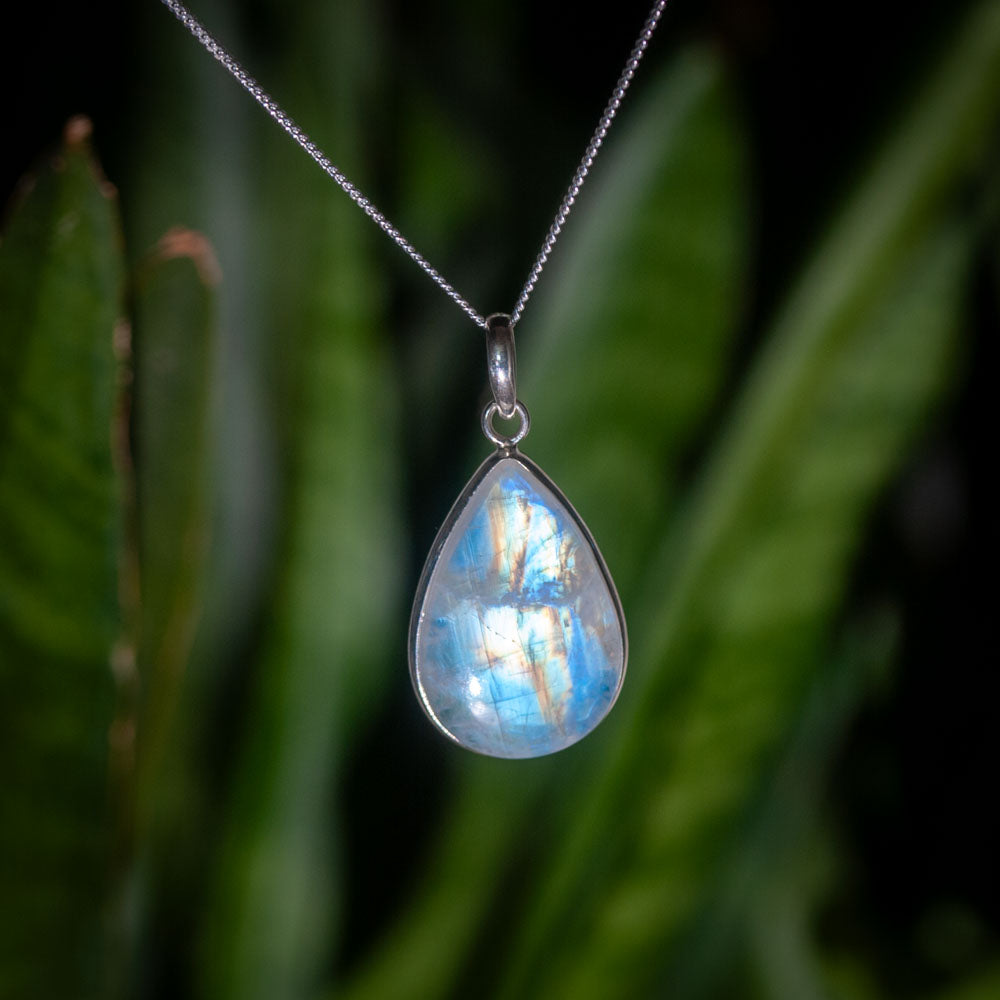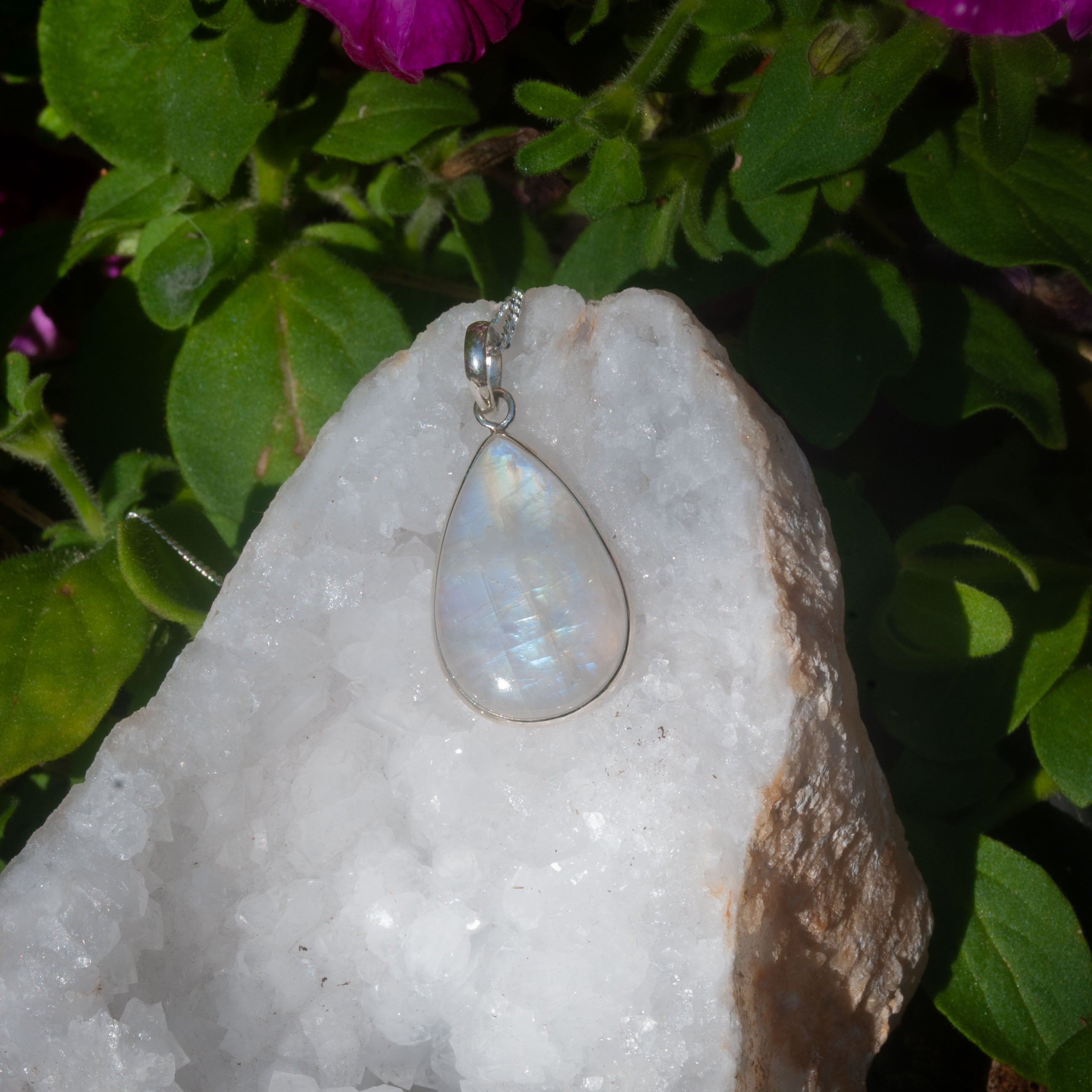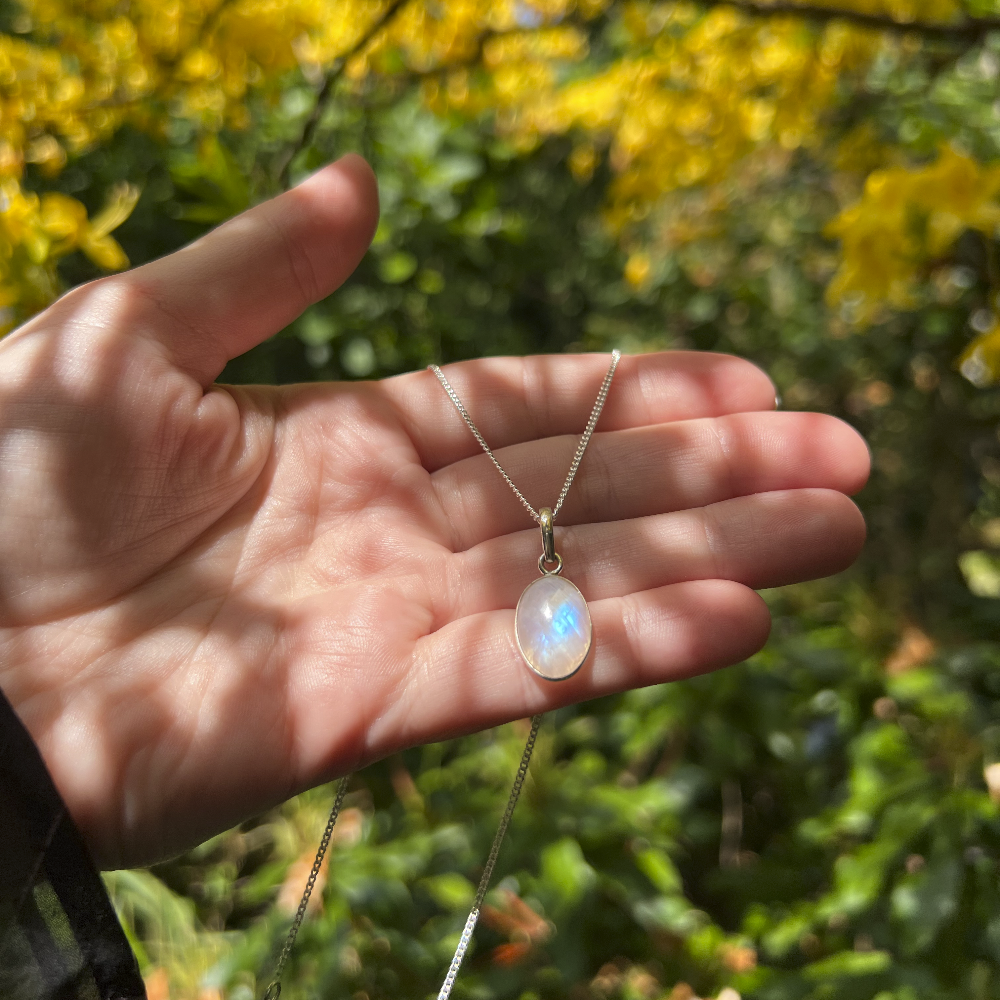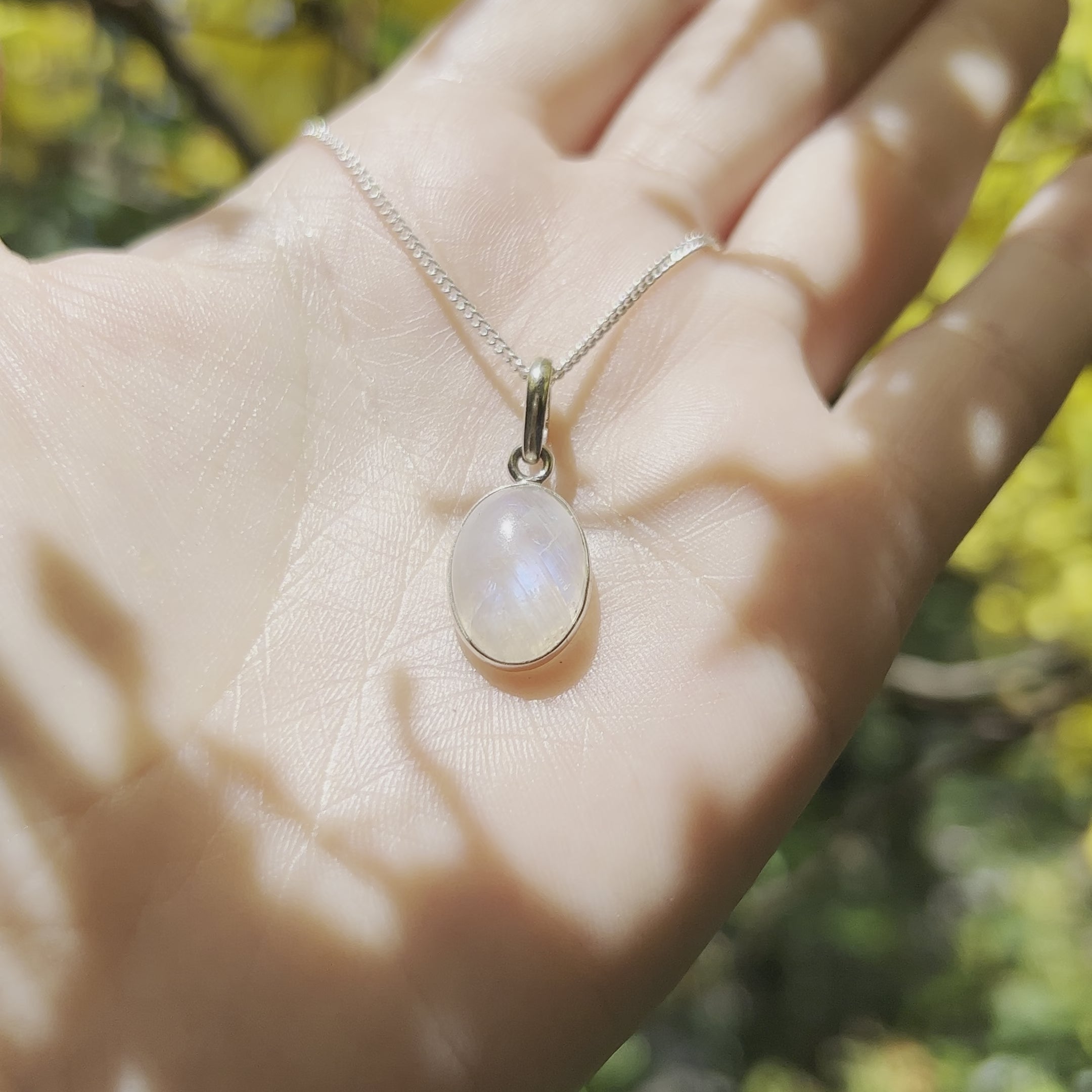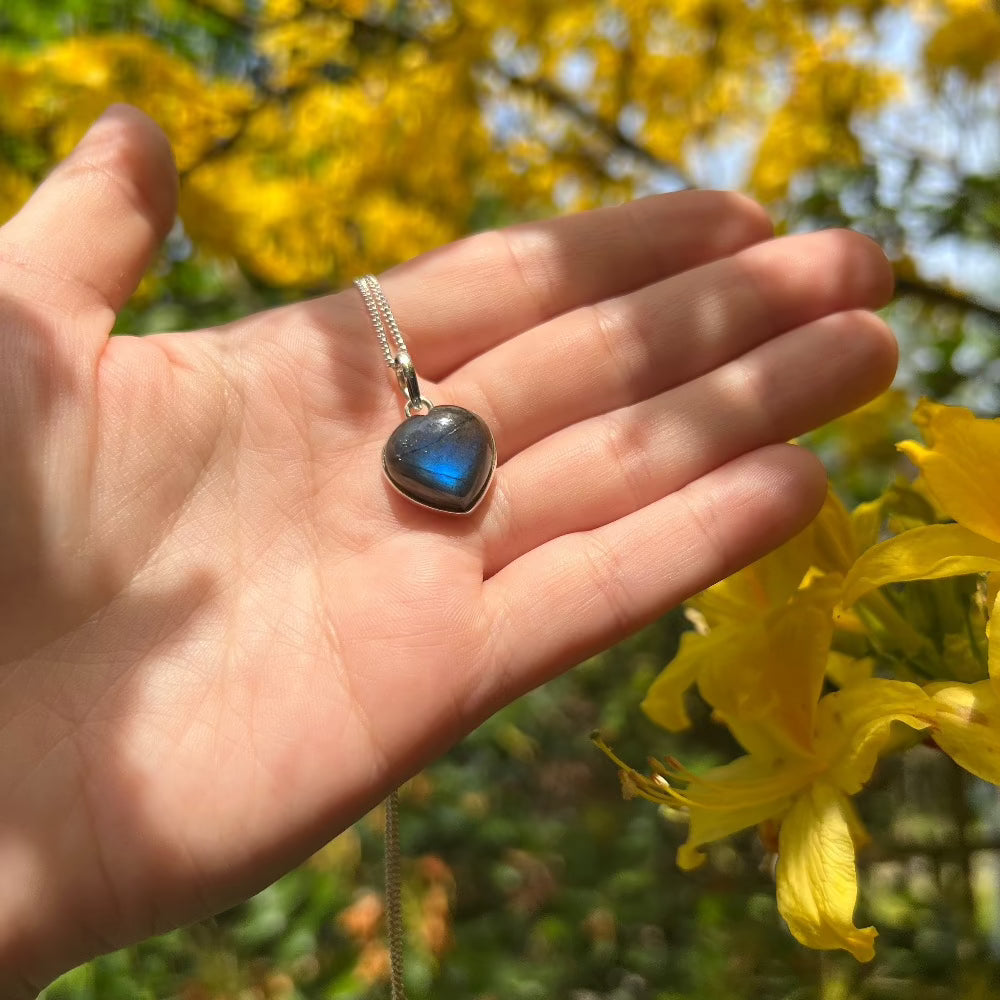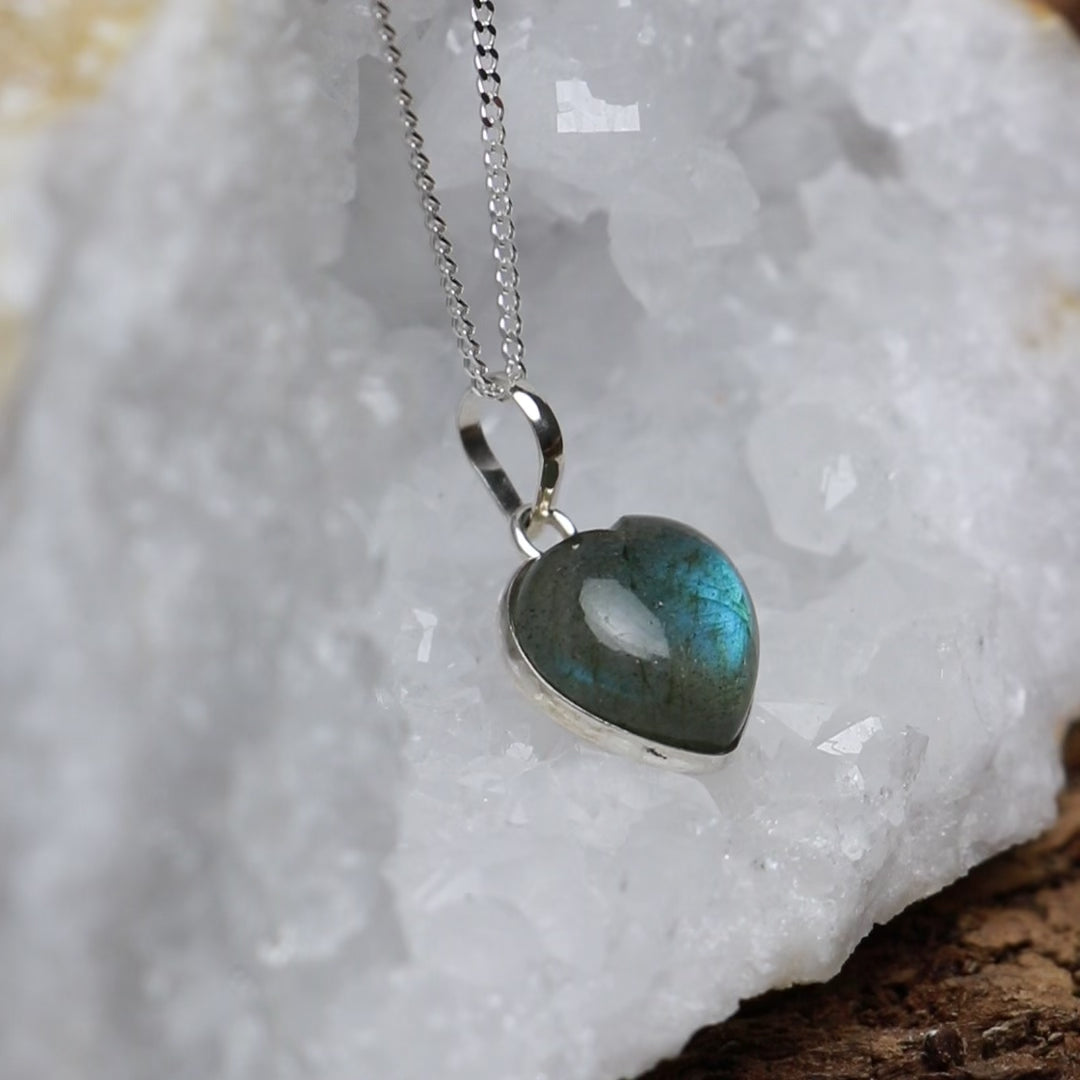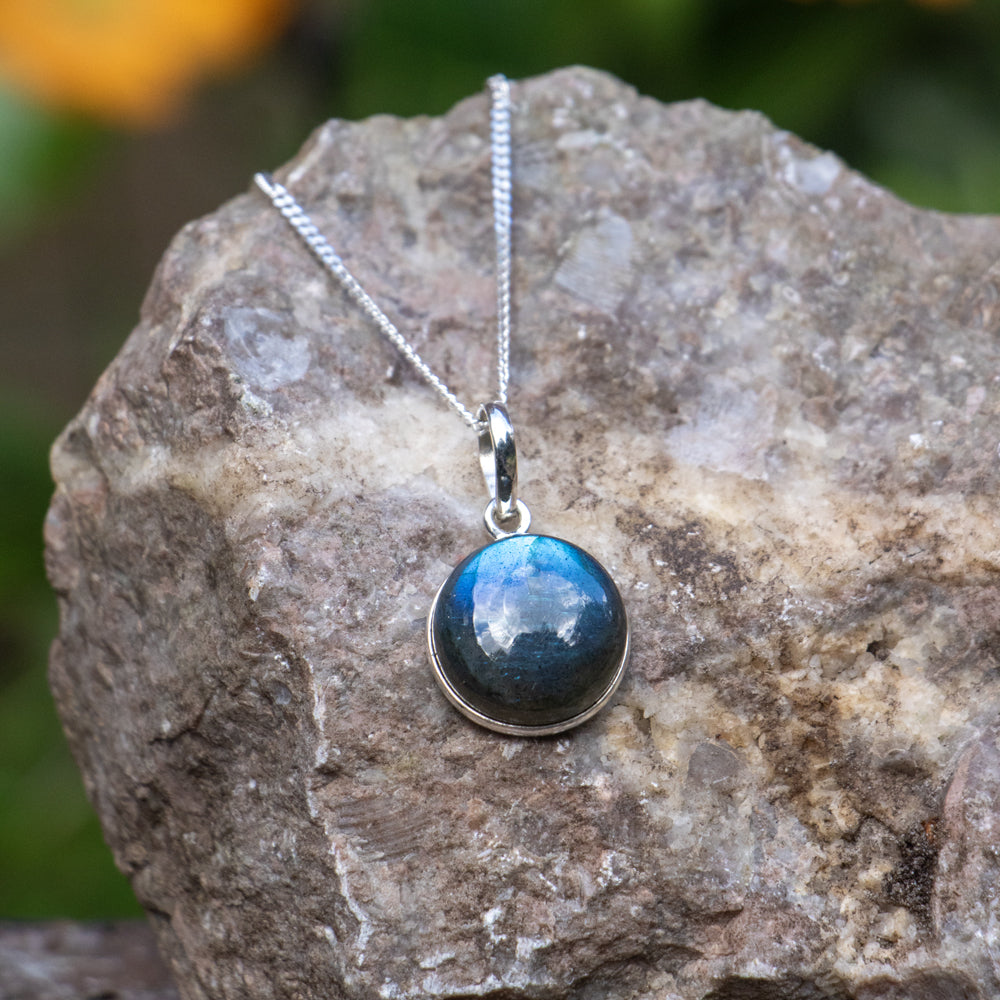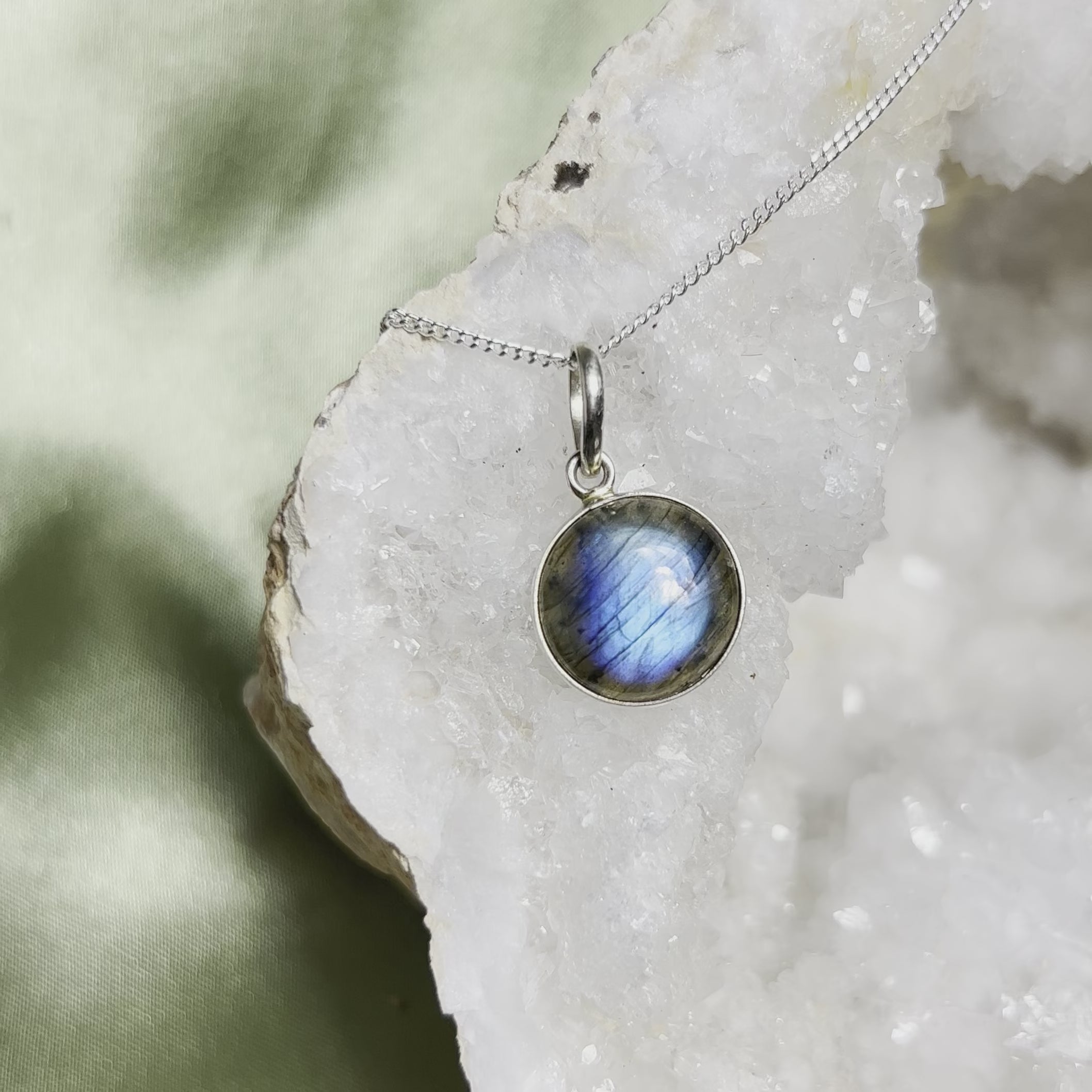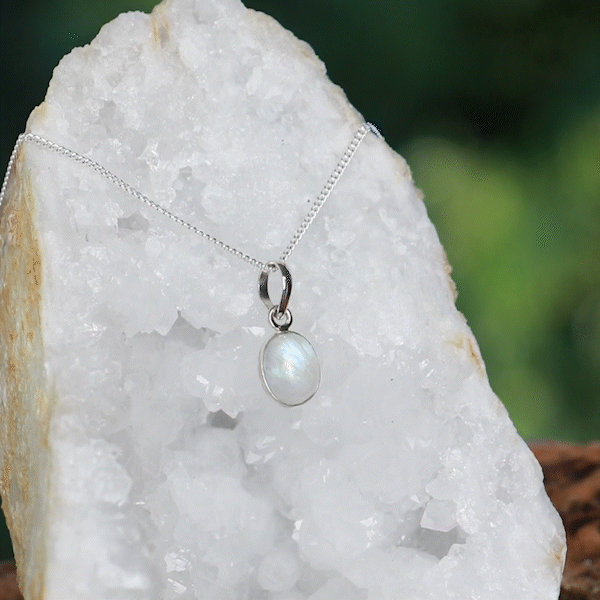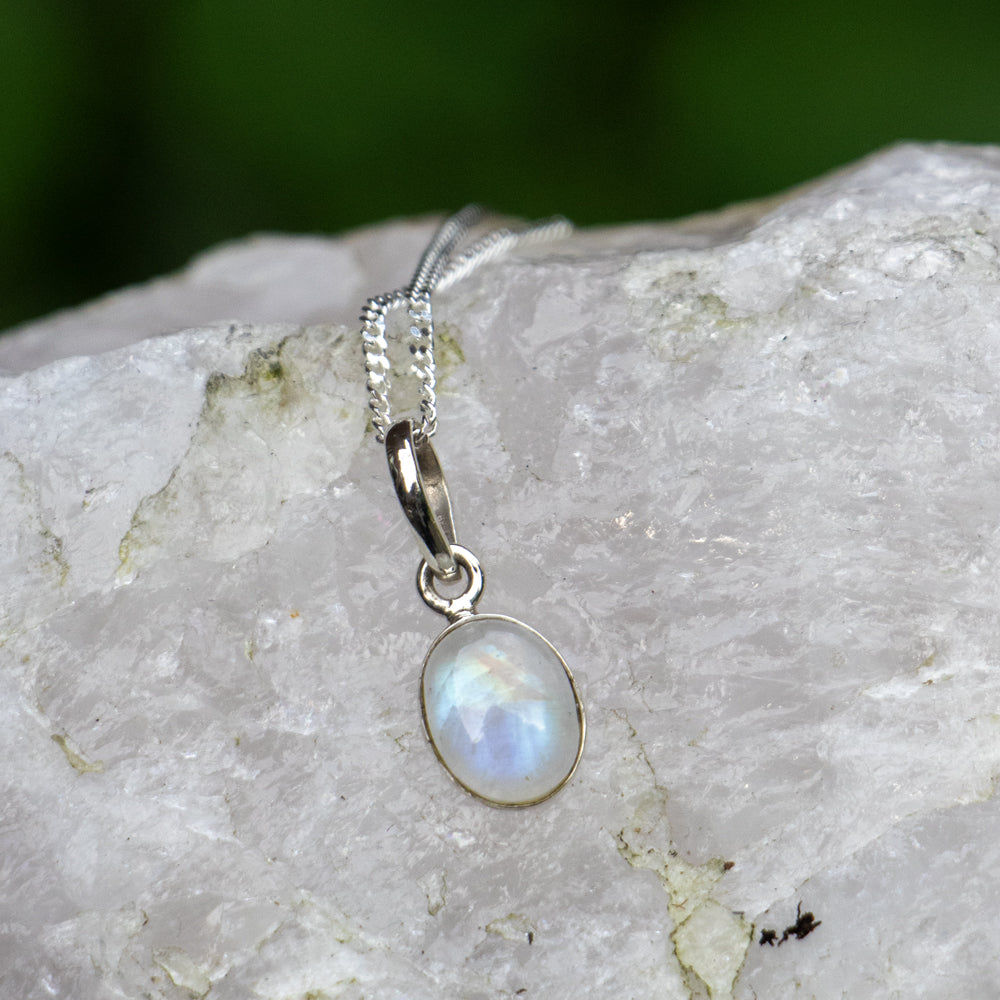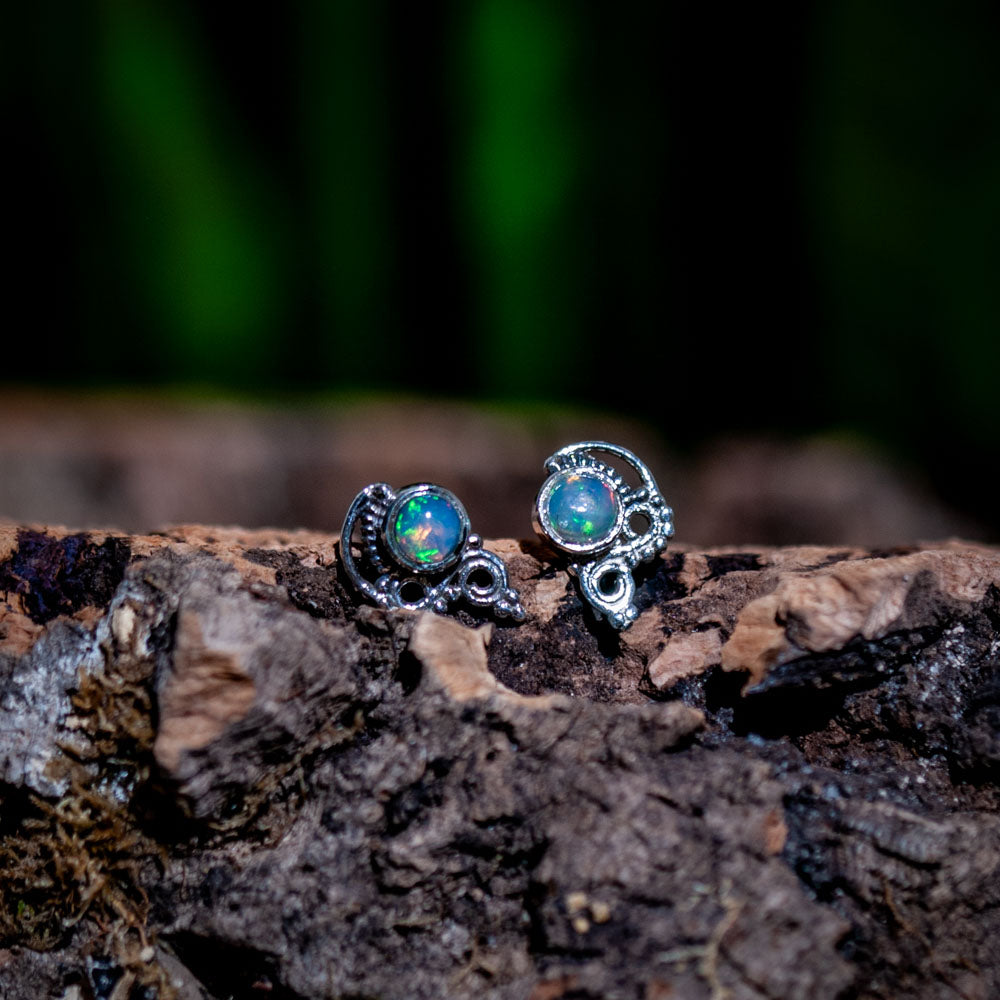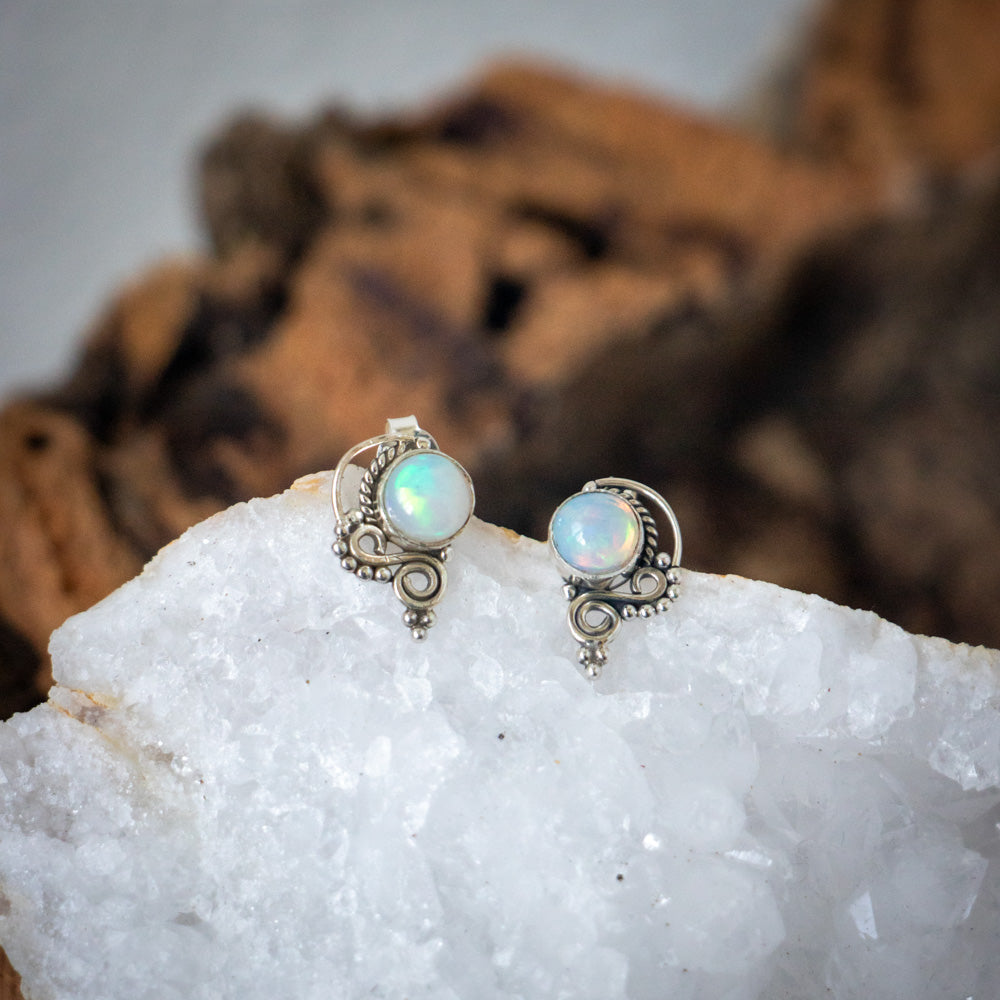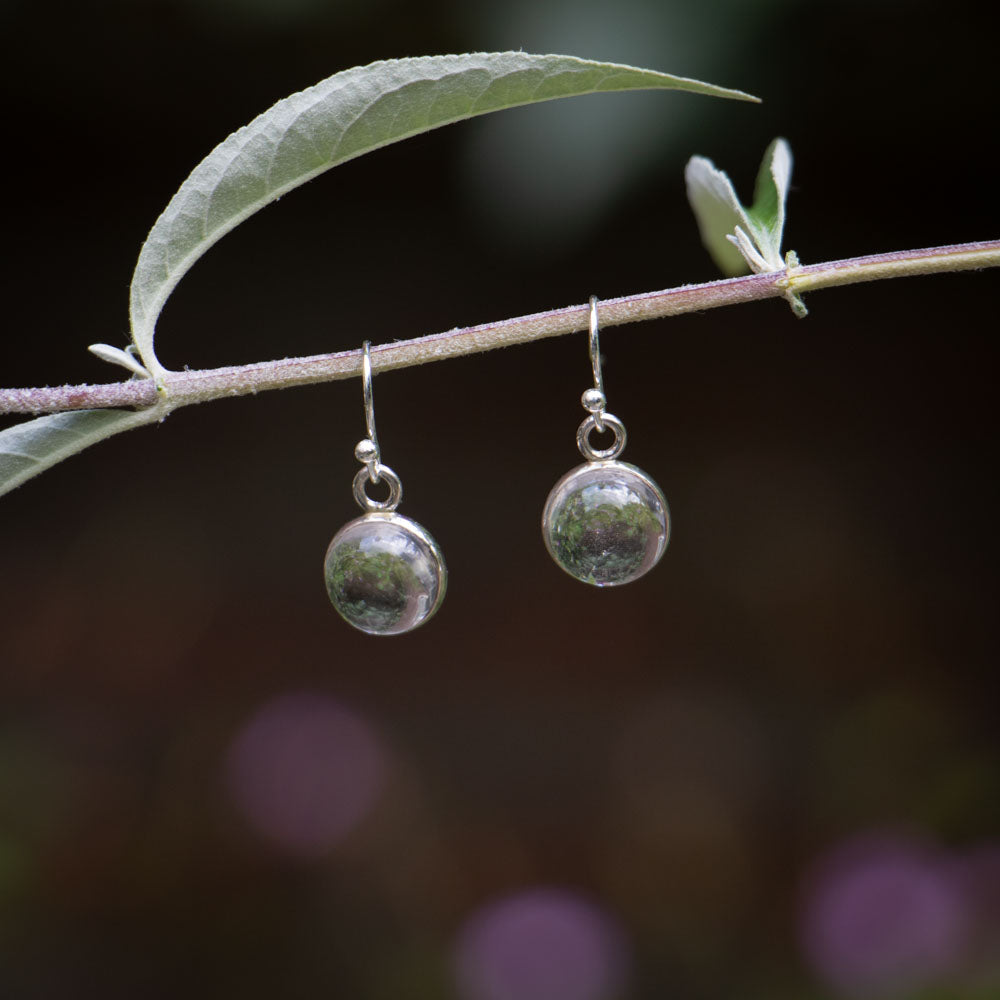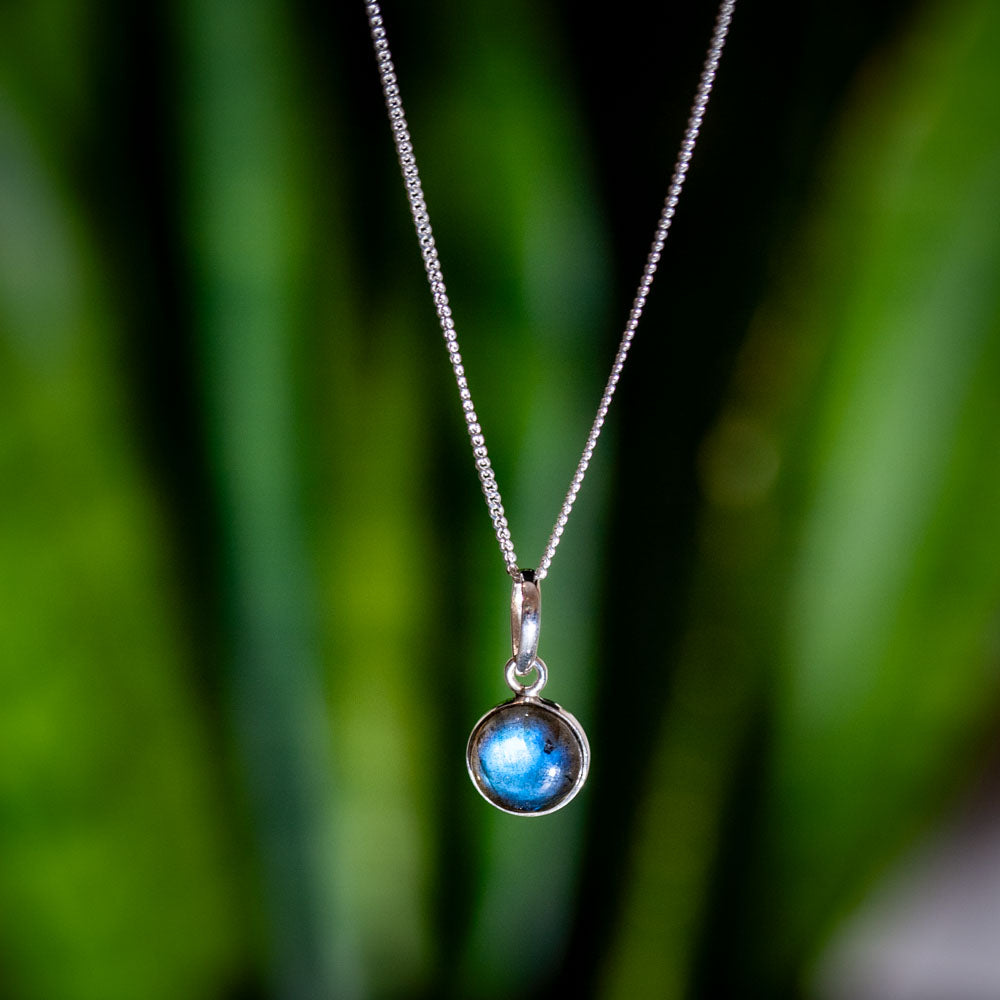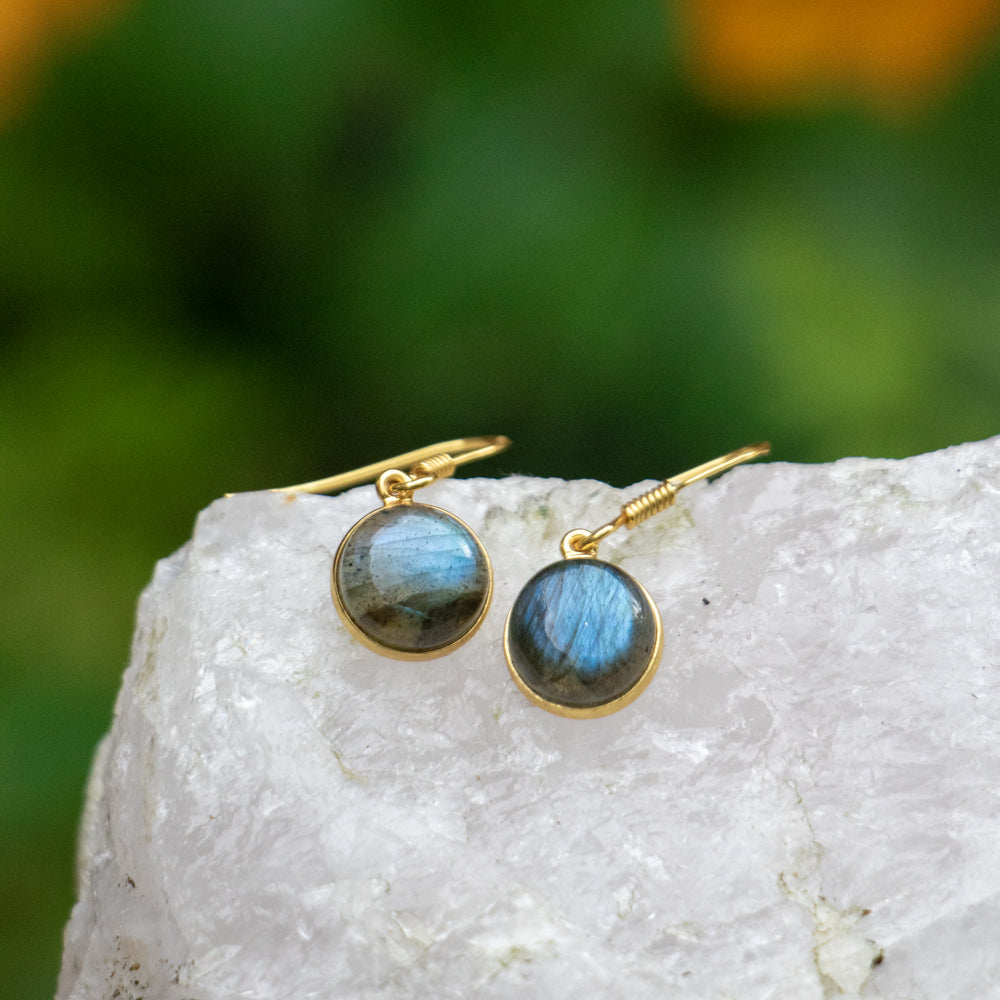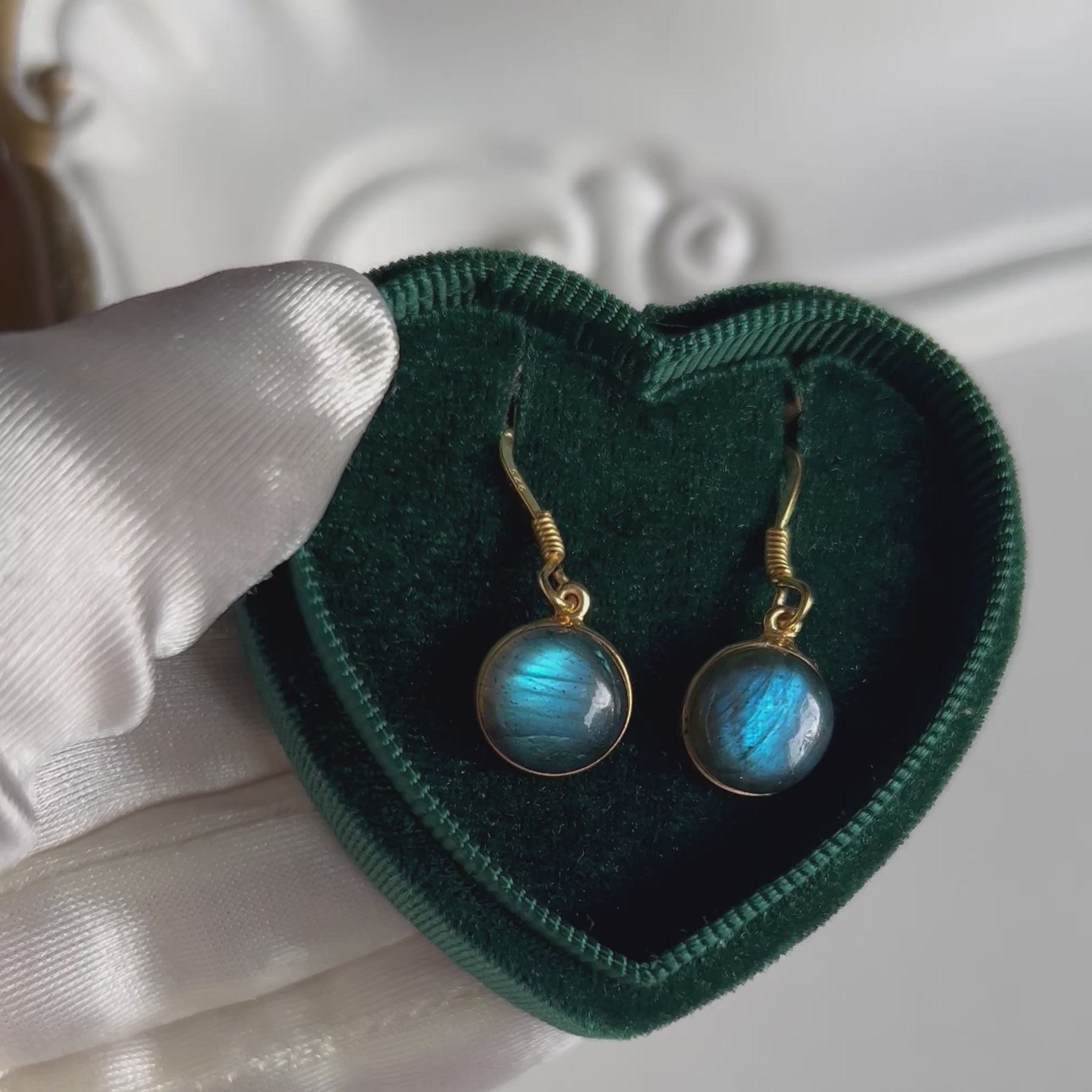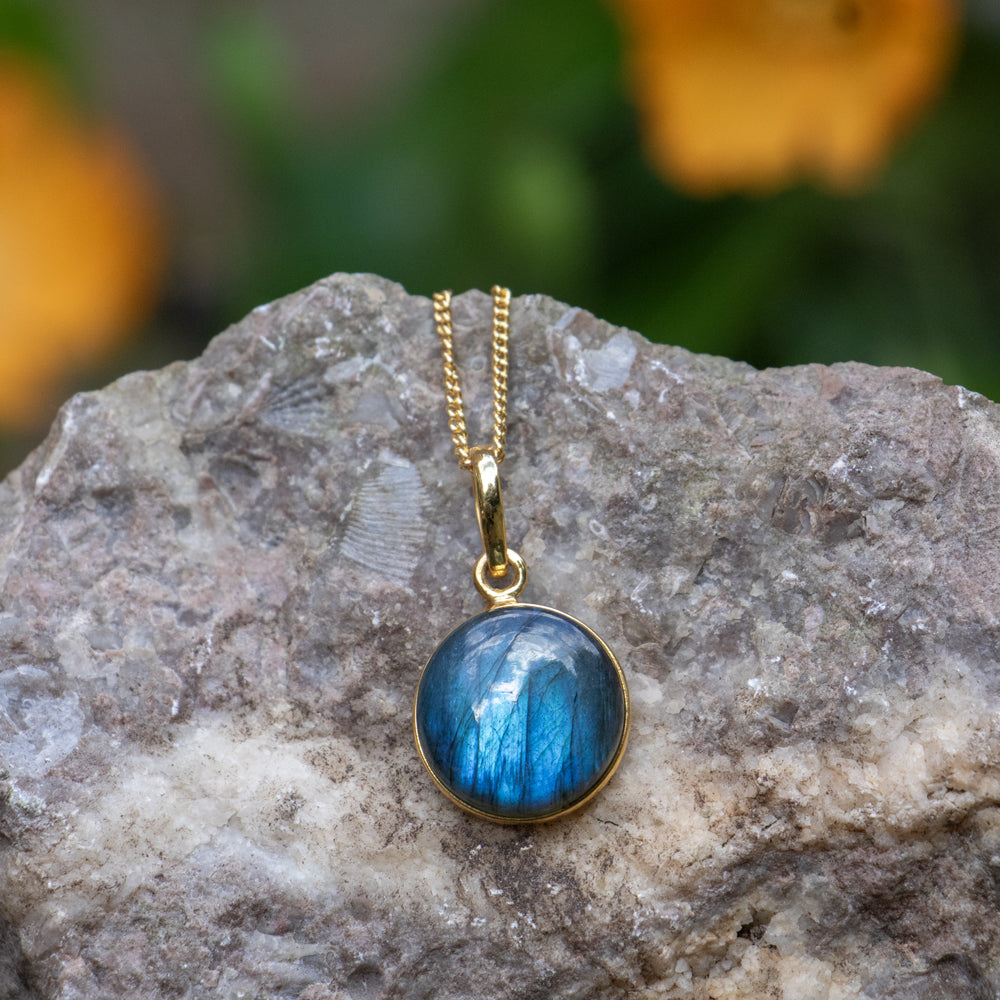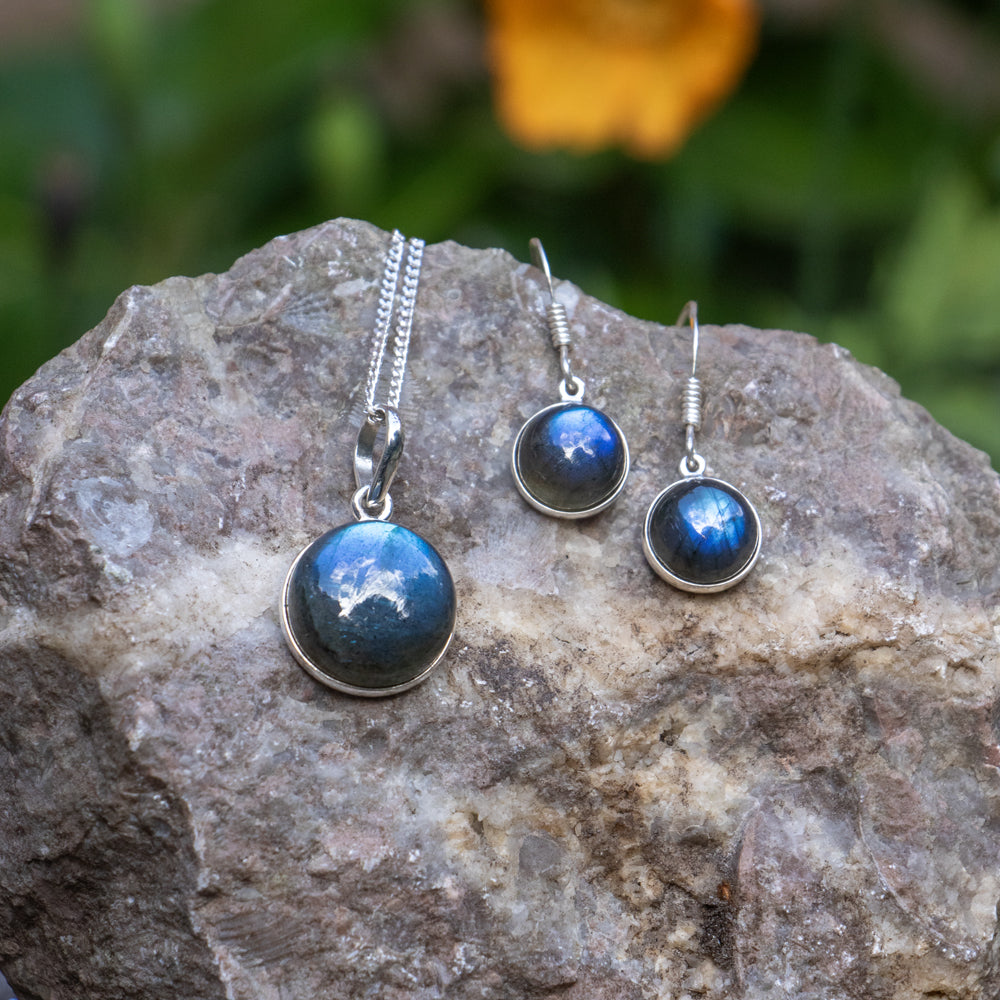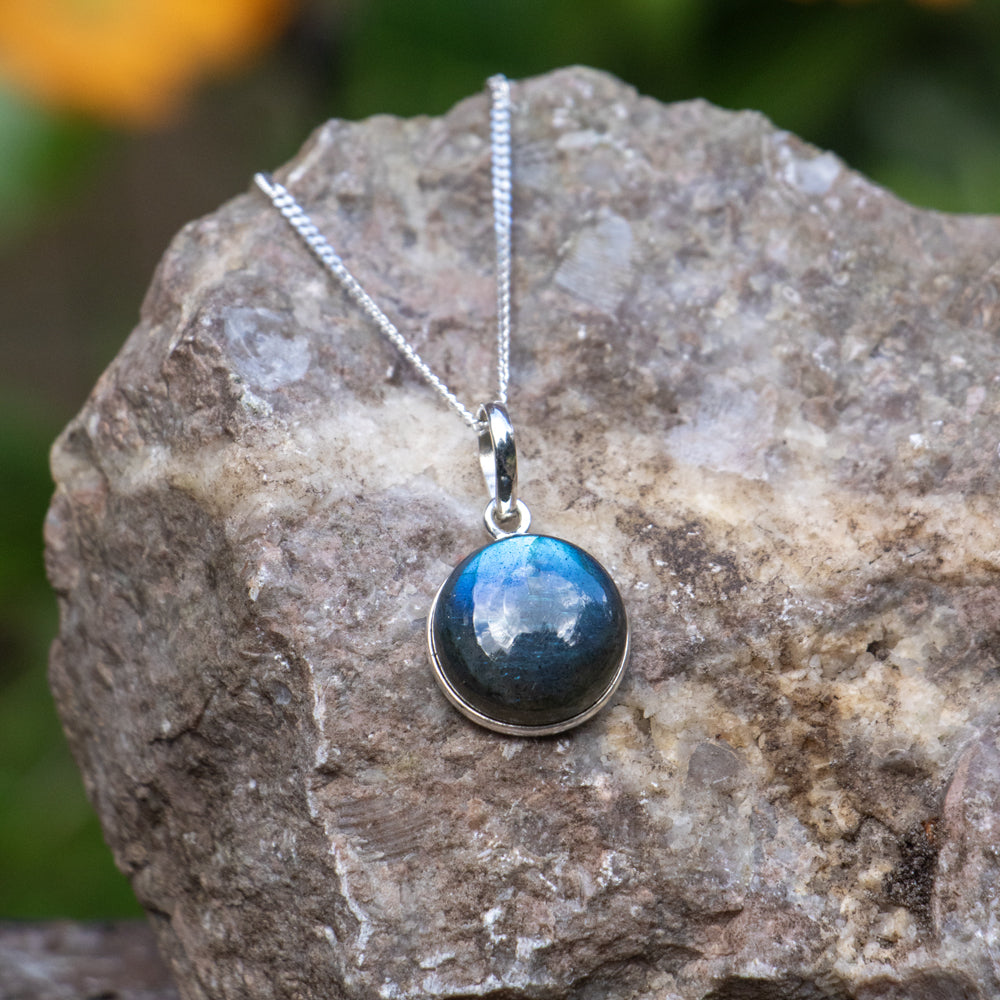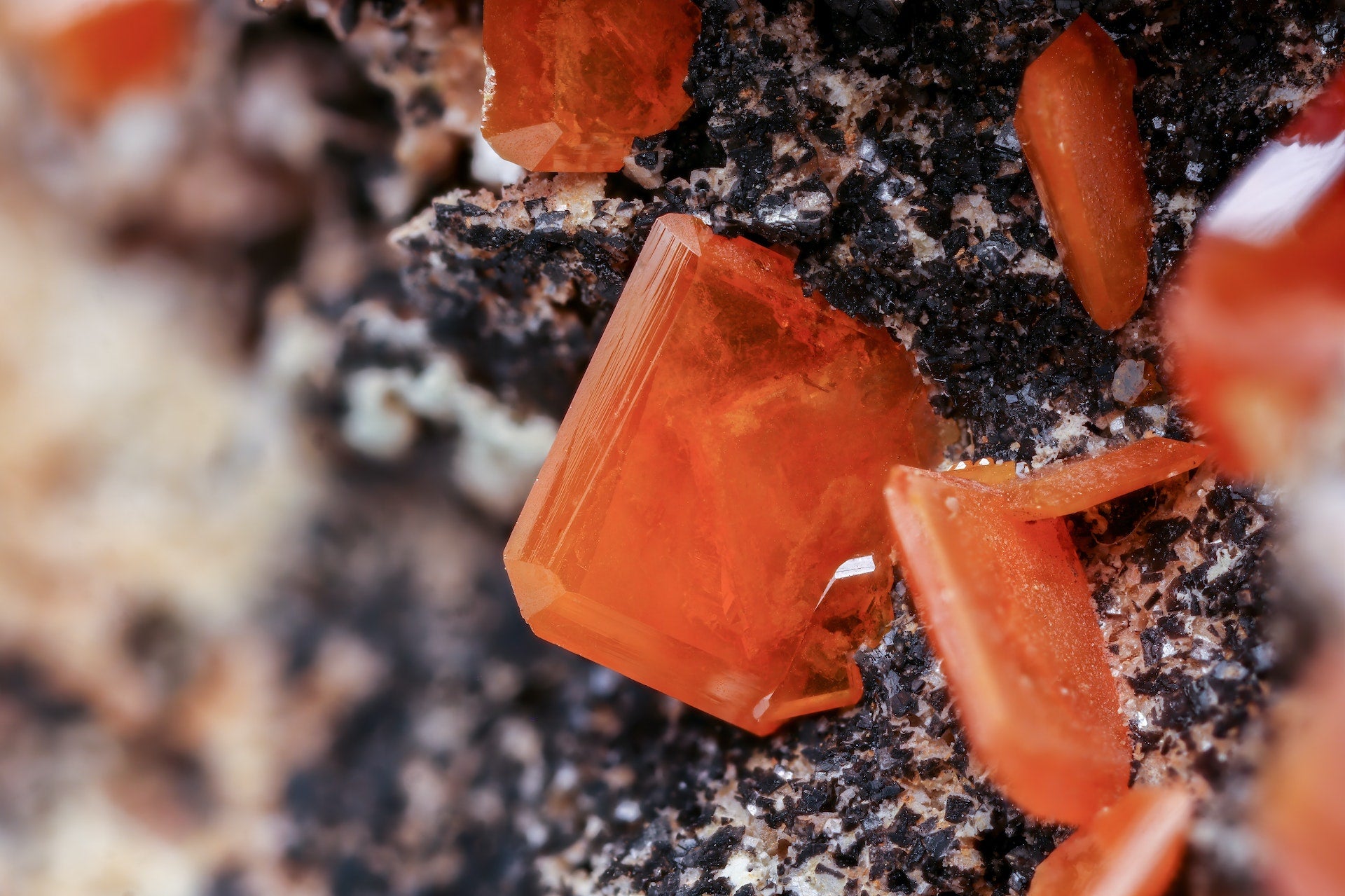
How are gemstones formed by nature?
Gemstones are true masterpieces of nature. Their breathtaking colors, unique patterns and intriguing shine have always had a special attraction for people all over the world. But have you ever wondered how these precious gems are formed in the depths of the earth? In this blog, we take you on a journey through the creative processes of Mother Nature and discover how and how gemstones such as amethyst, labradorite and opal are created.
Amethyst: The purple splendor
Amethyst is one of the most beloved gemstones because of its mesmerizing purple color. It is a variety of quartz and is formed in cavities and cracks in volcanic rocks. The process begins when hot, gas-rich fluids (magma) rise from deep beneath the earth's surface. As the magma cools, it creates openings and cavities where minerals are deposited. In the case of amethyst, the liquid magma contains traces of iron and other elements. As the magma cools and crystallizes, these trace elements are trapped within the quartz crystal, creating the signature purple color of amethyst.
Labradorite: The versatile play of colours
Labradorite is a fascinating gemstone known for its brilliant spectrum of colors, often referred to as "labradorescence." It is formed in the deeper parts of the Earth's crust, in magmatic rocks such as basalt and gabbro. As the magma cools and solidifies, internal stresses and cracks are created in the rock. In these cracks, minerals are deposited, including labradorite. What makes labradorite truly special is the optical effect known as labradorescence. This phenomenon is caused by the interference of light waves that refract and reflect within the microscopic structures of the mineral. The result is a brilliant spectrum of colors that appear to dance as the light strikes it.
Opal: The Fire of the Rainbow
Opal is a gemstone known for its striking play of color. It is formed in sedimentary rocks, where water deposits dissolved silica. The unique feature of opal is its amorphous structure, meaning that it does not have a regular crystal lattice like other gemstones. Instead, opal is made up of tiny silica spheres that are tightly packed together. These microscopic spheres bend and refract light in different ways, creating a dazzling play of color known as "fire." Opal can exhibit different colors and patterns depending on the size and arrangement of the silica spheres.
How are gemstones formed?
Although amethyst, labradorite and opal each have their own unique formation process, they all share a common origin: Mother Earth. It is fascinating to think about how these beautiful gemstones are formed over millions of years, using the elements and forces at play deep beneath the earth’s surface.
Whether you are fascinated by the deep purple splendor of amethyst, the dazzling spectacles of labradorite, or the vibrant fire of opal, gemstones continue to amaze us with their unique beauty and intriguing formation. Let us continue to enjoy these gifts of nature and marvel at the creativity of Mother Earth.


